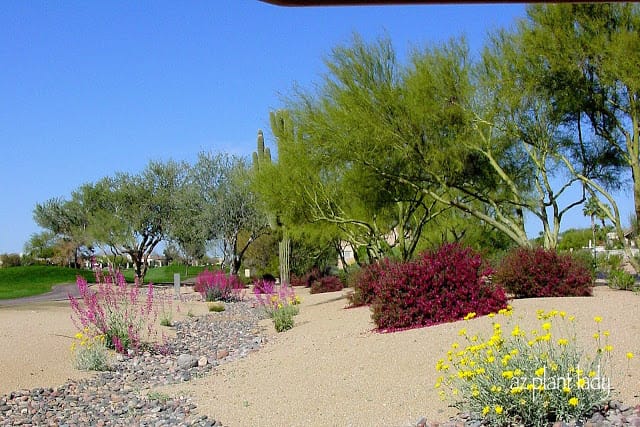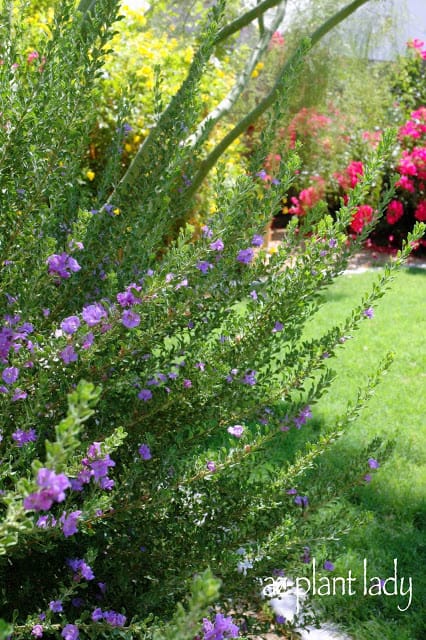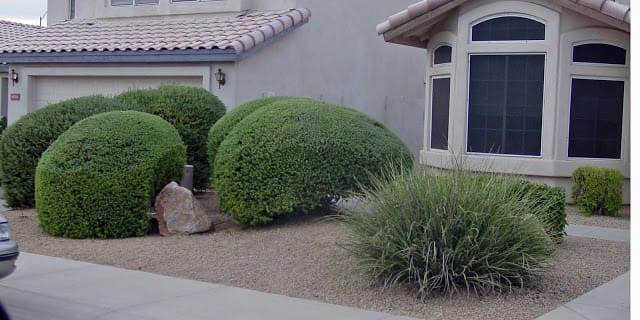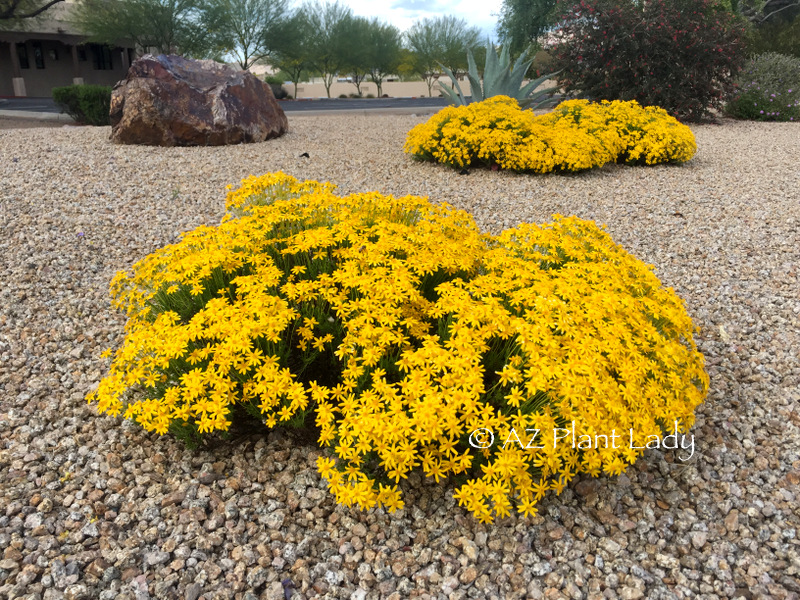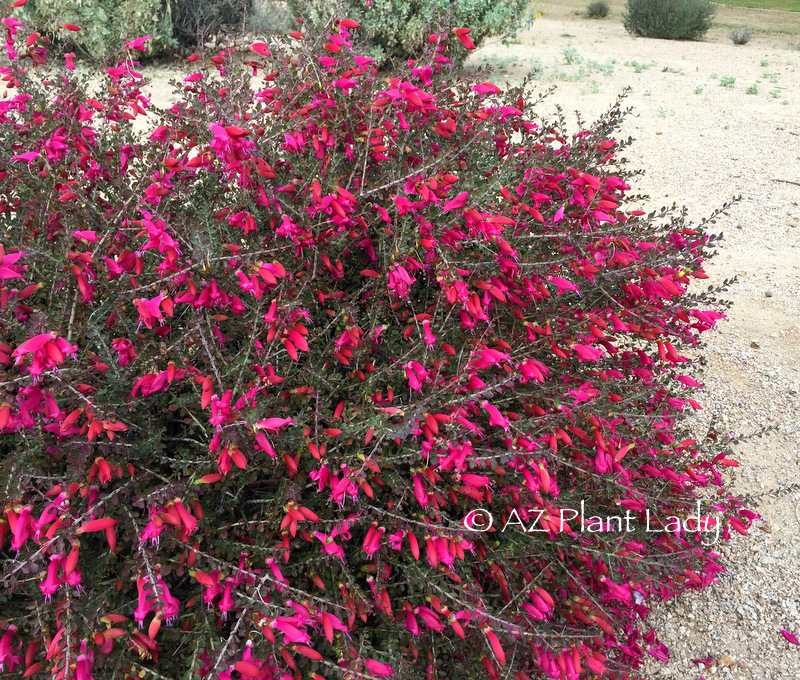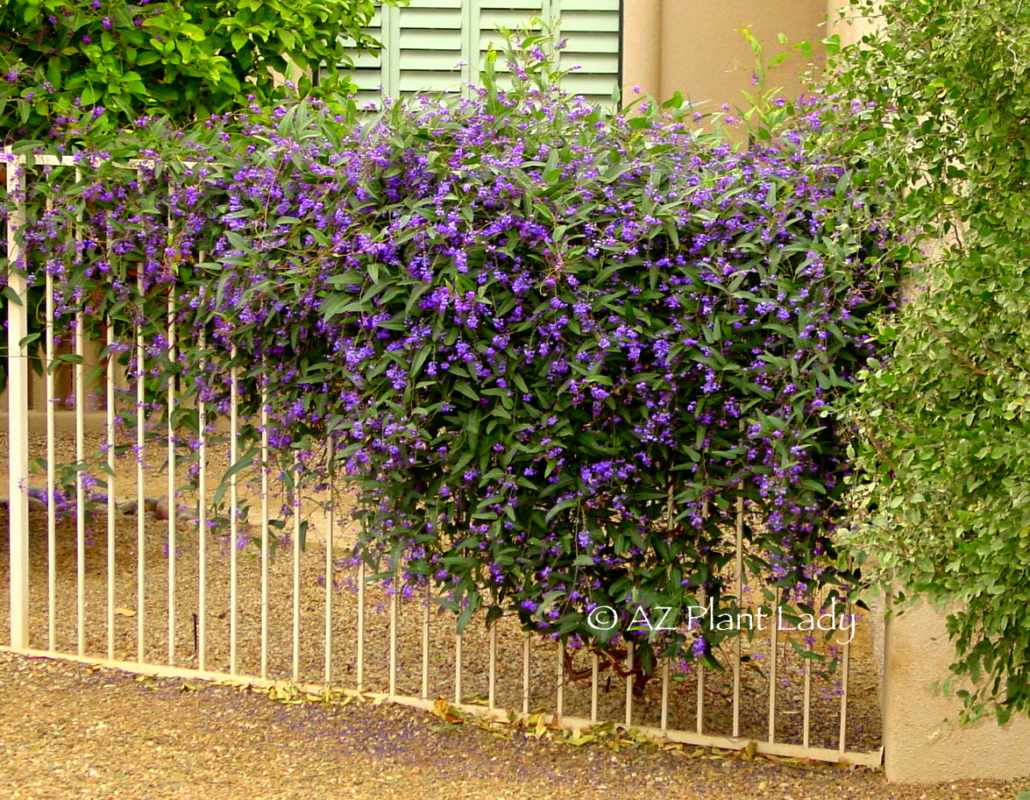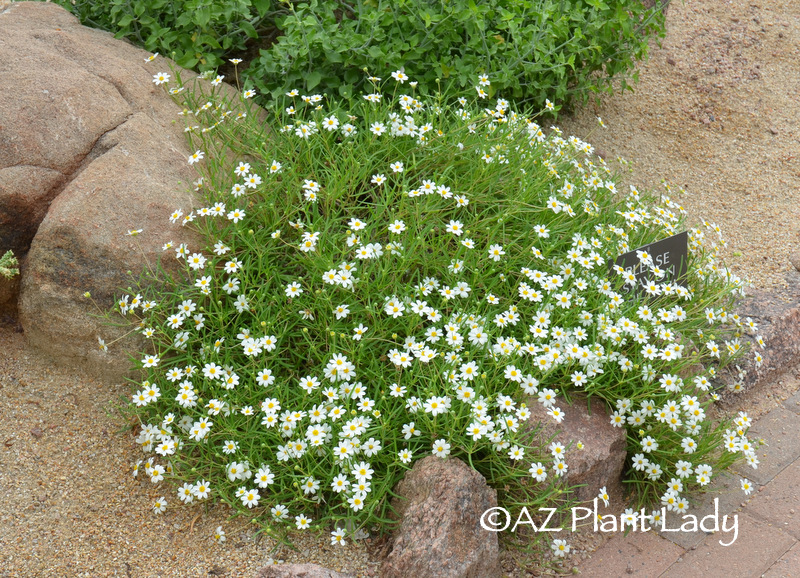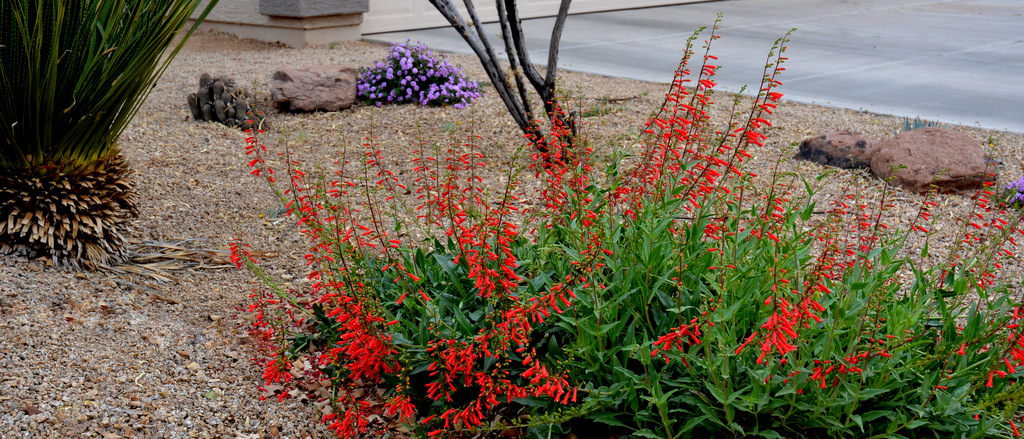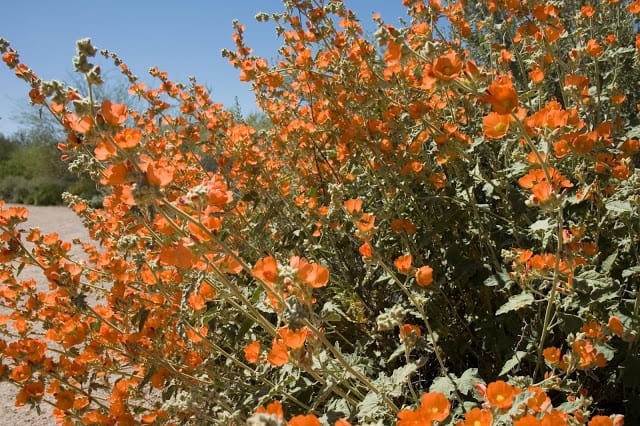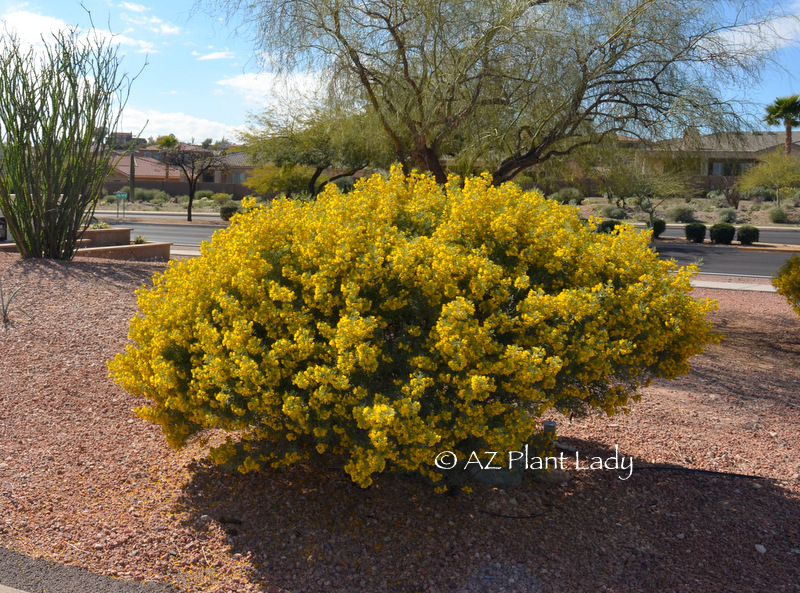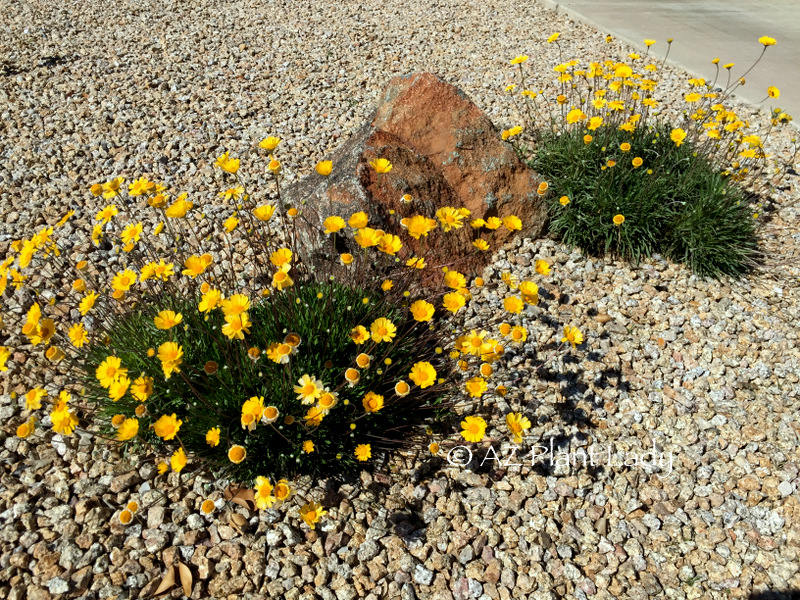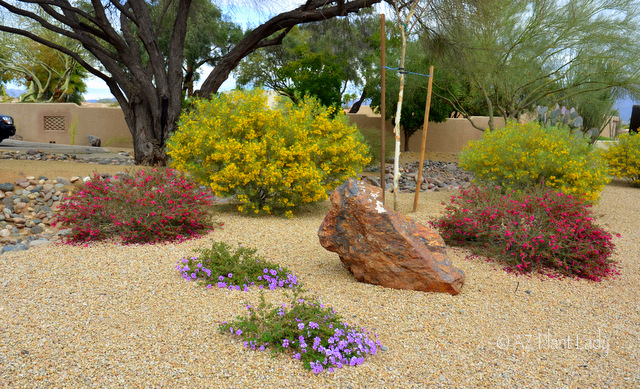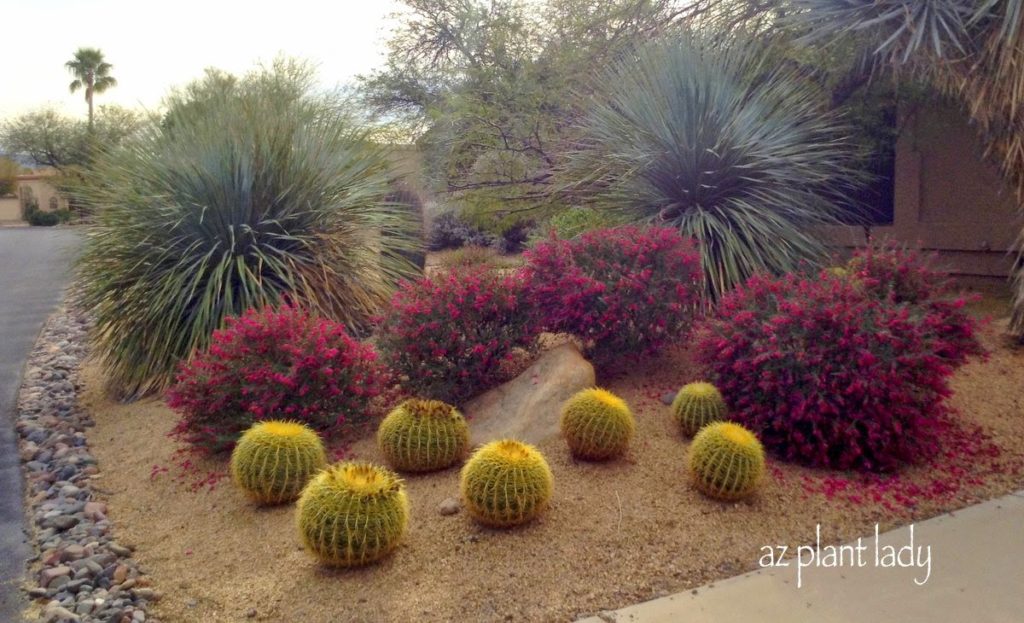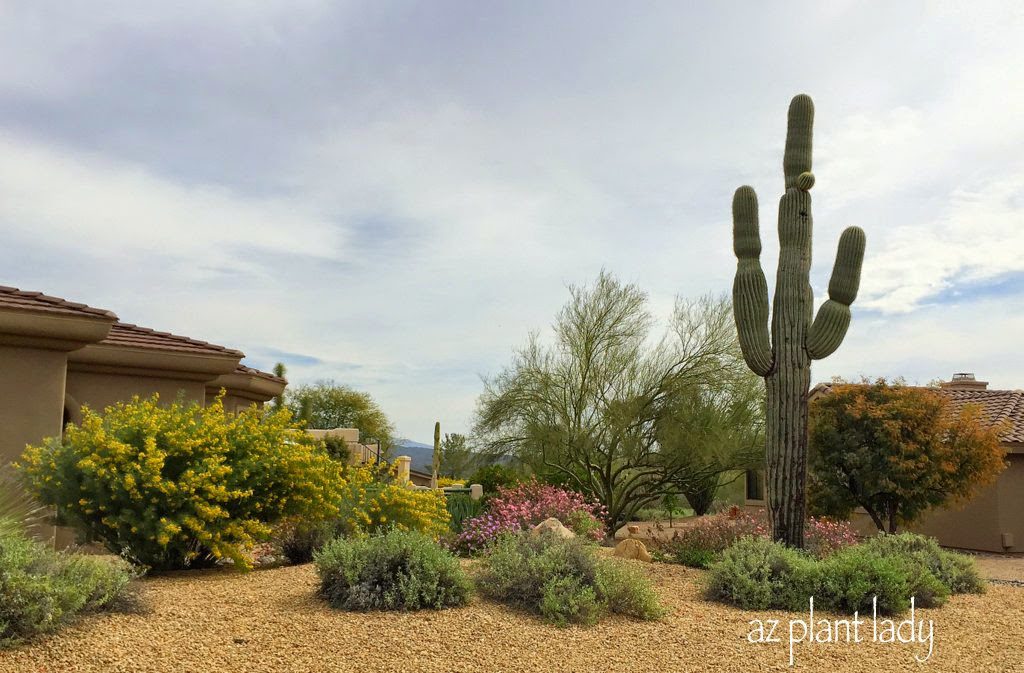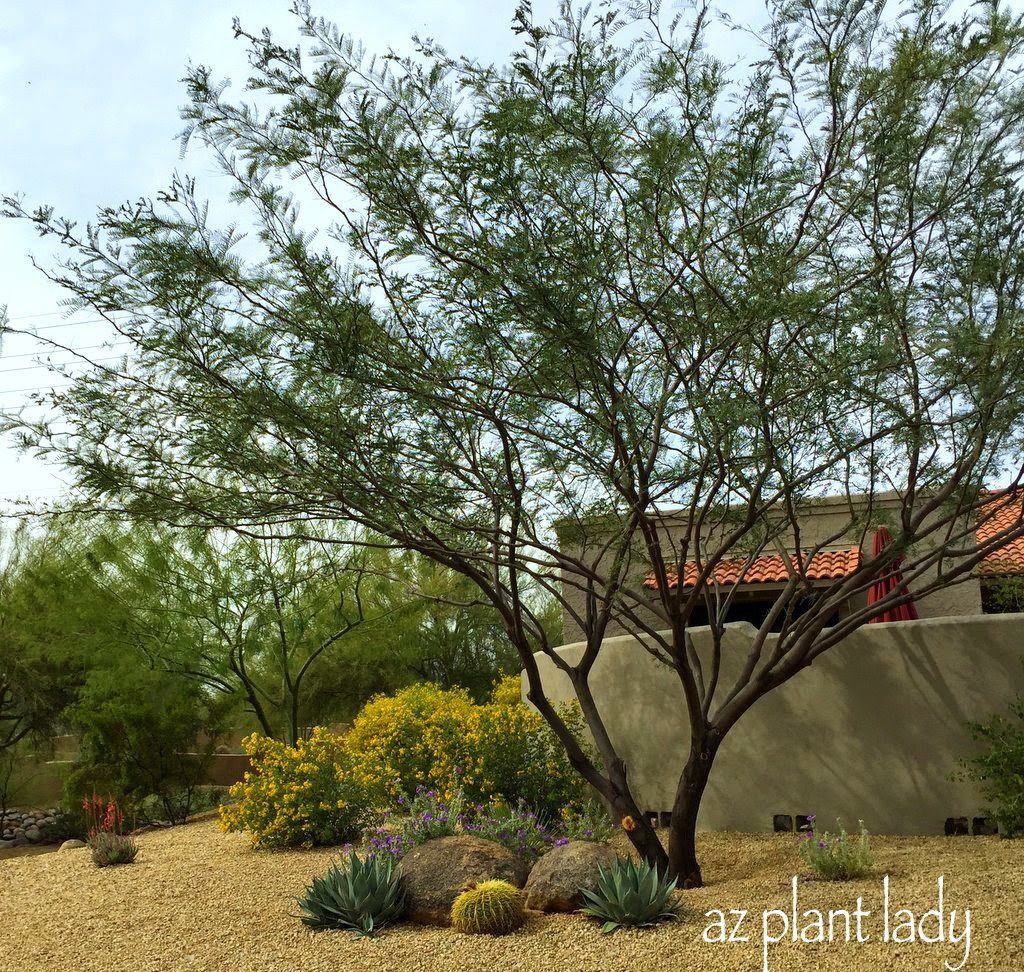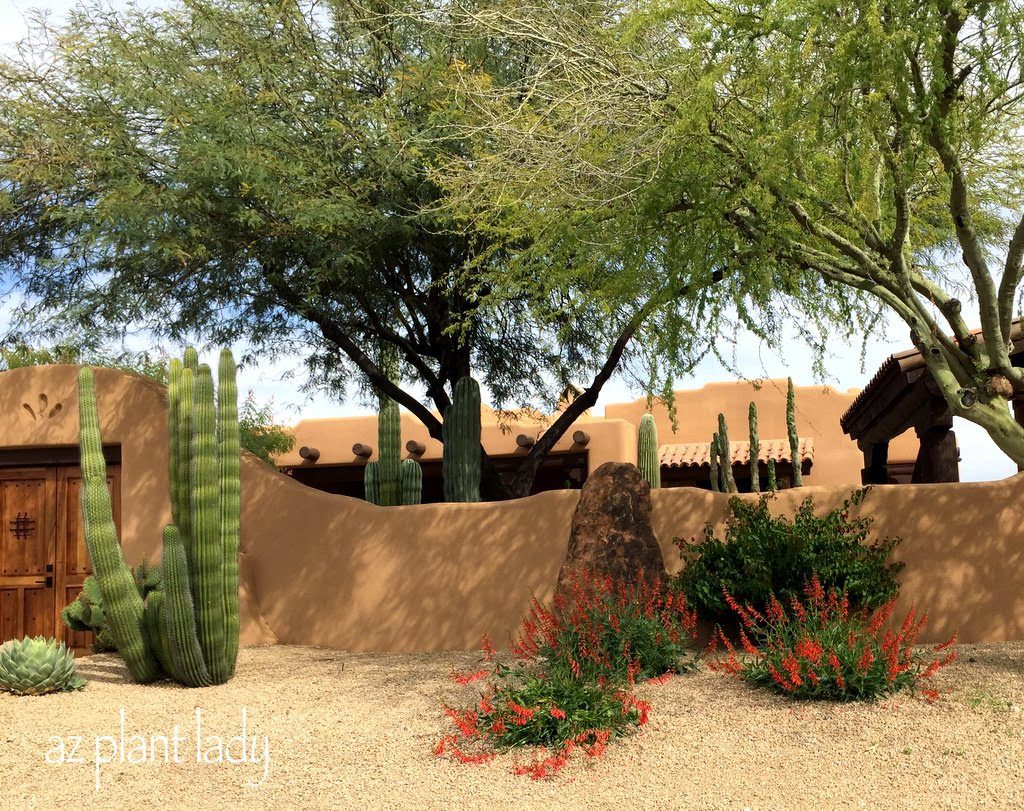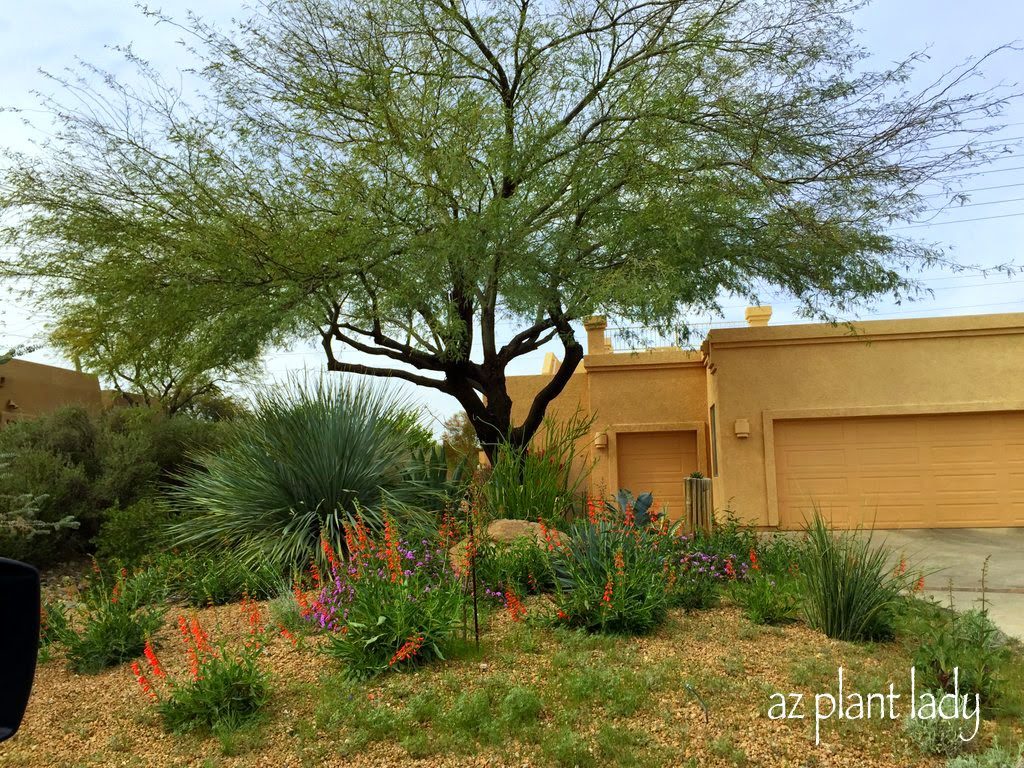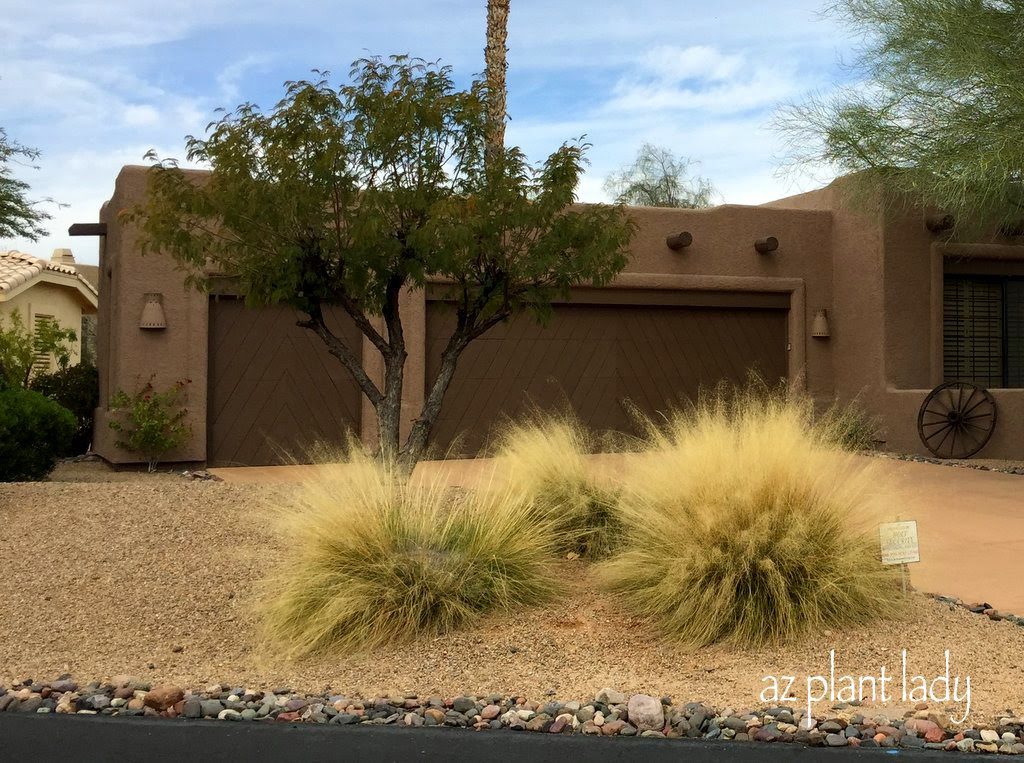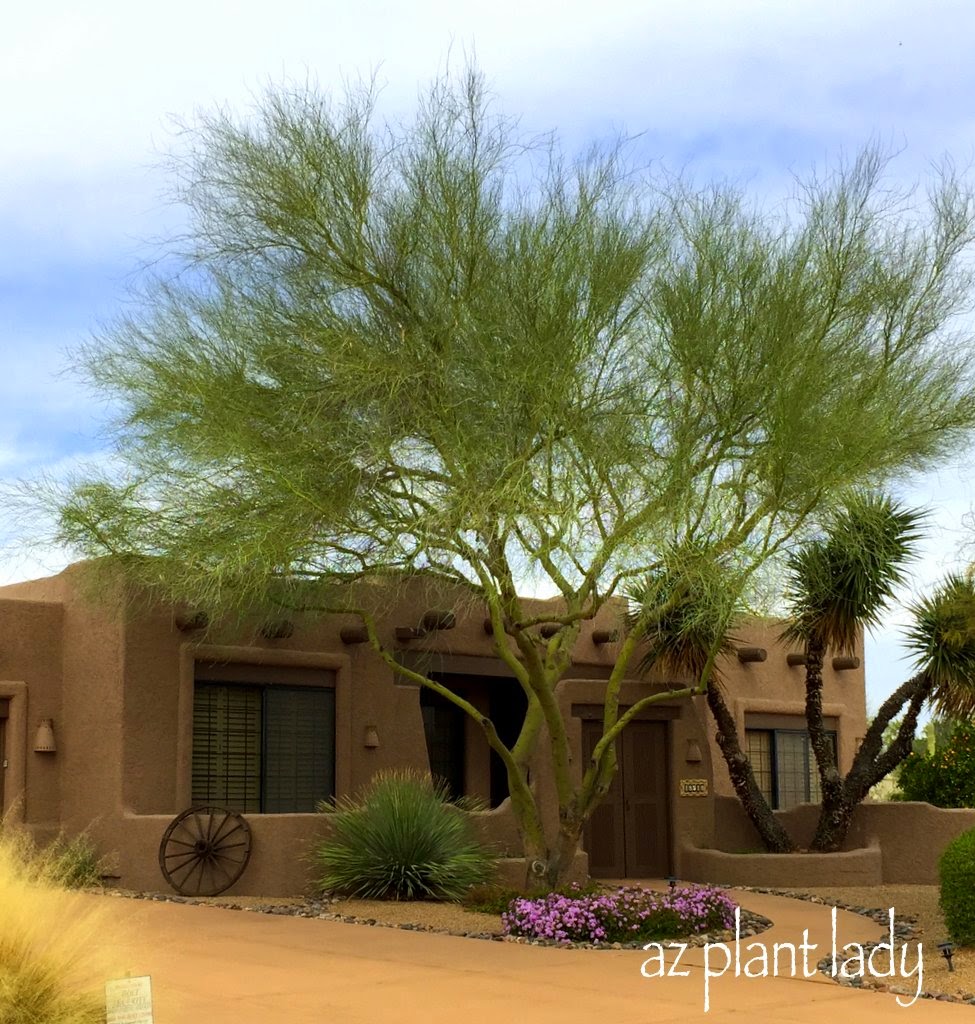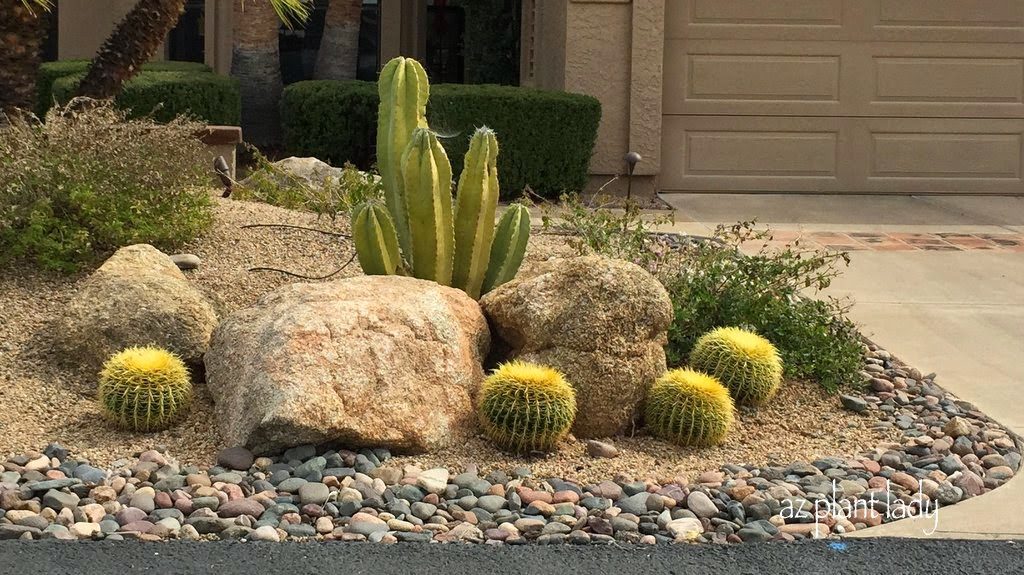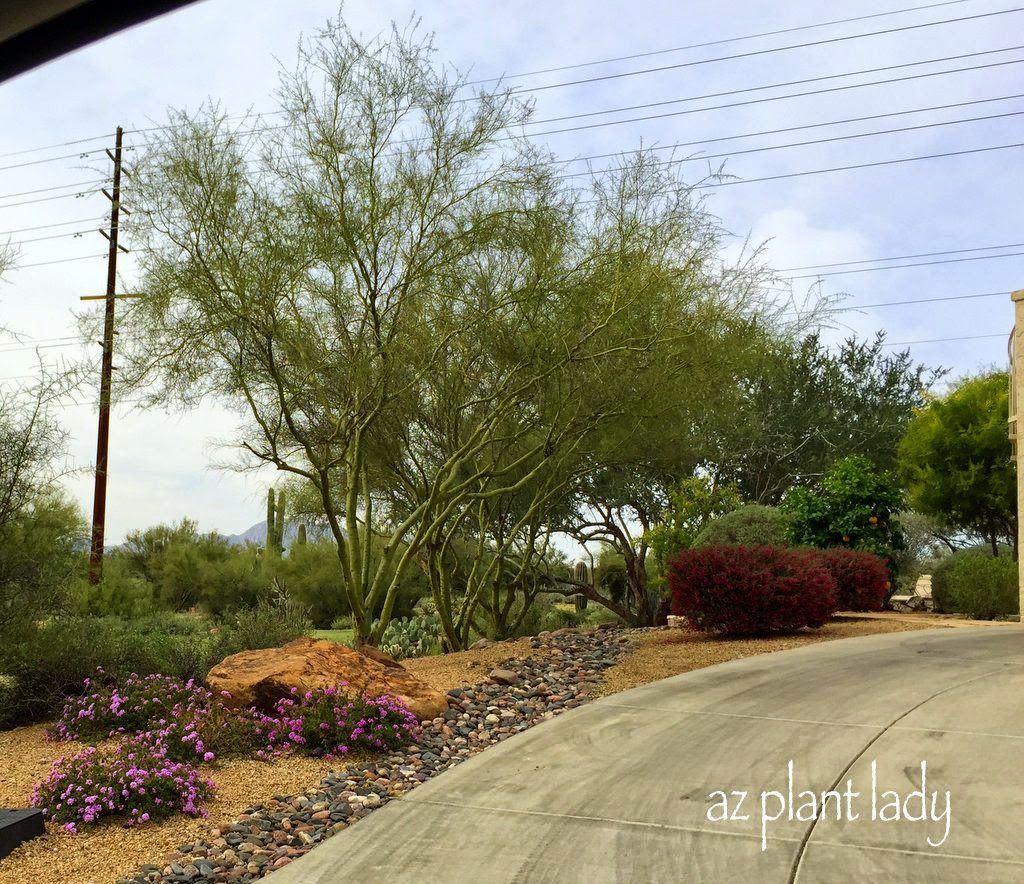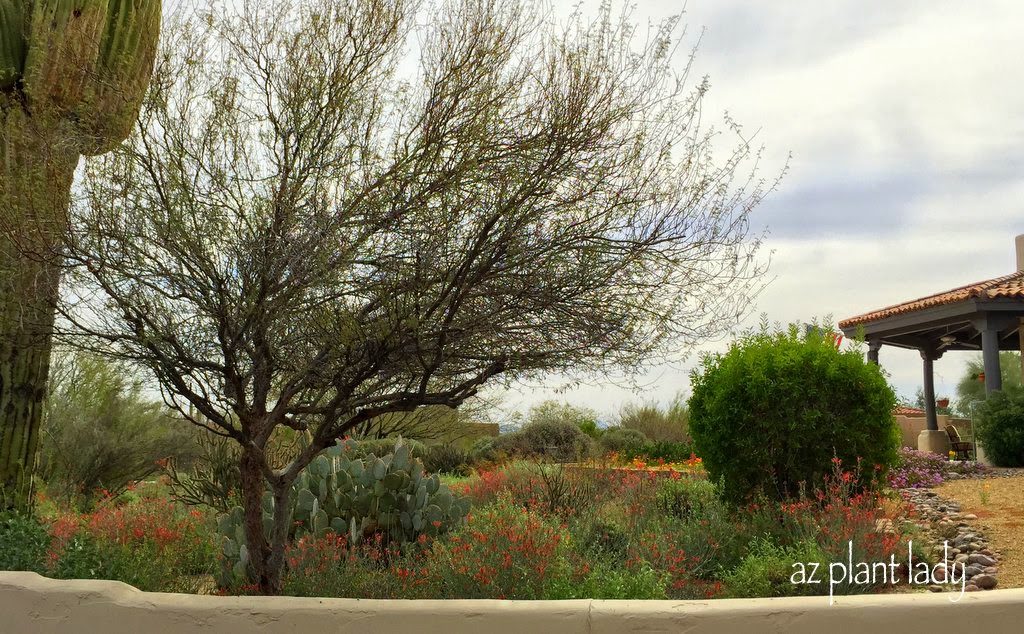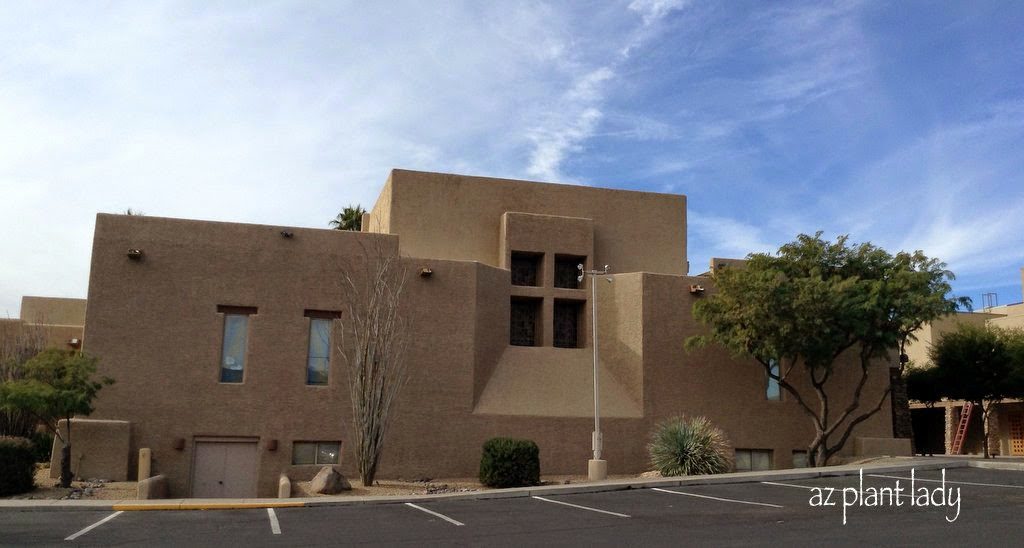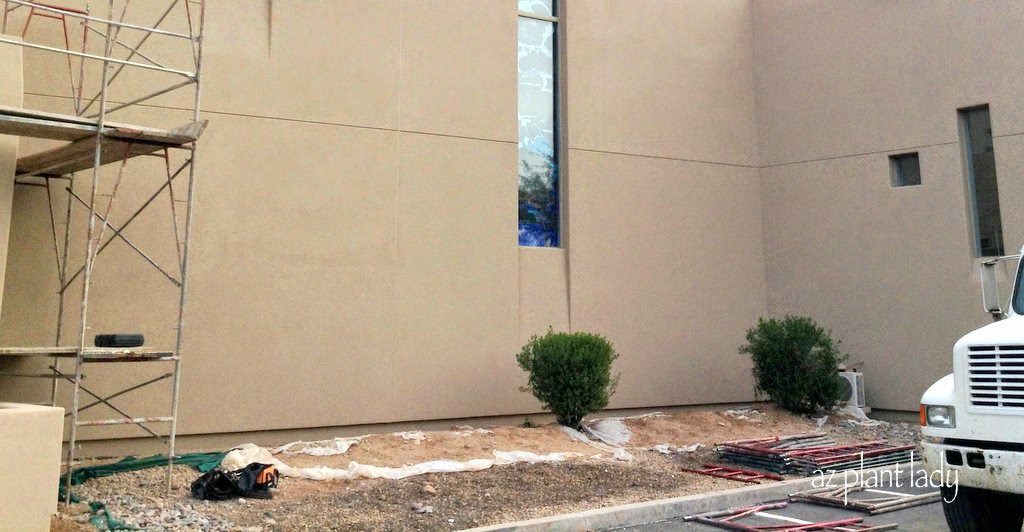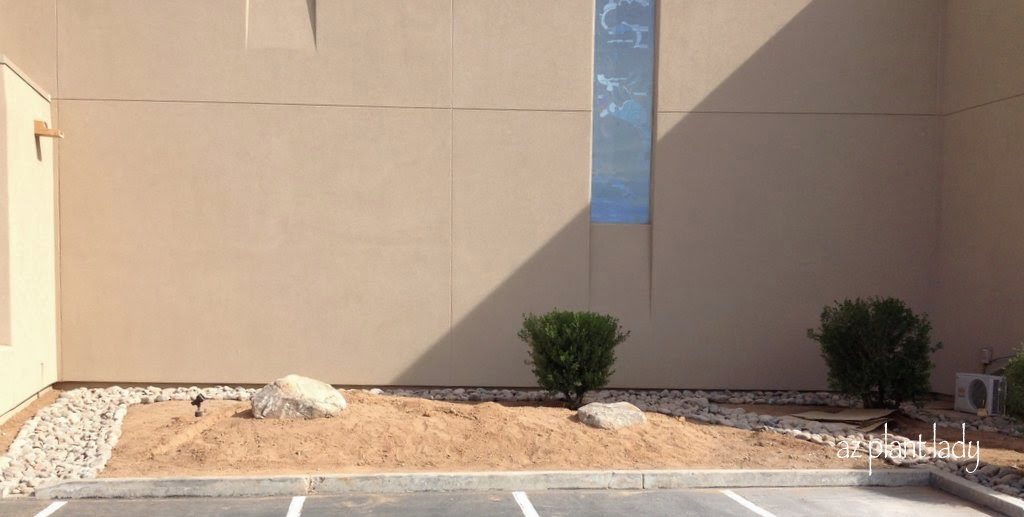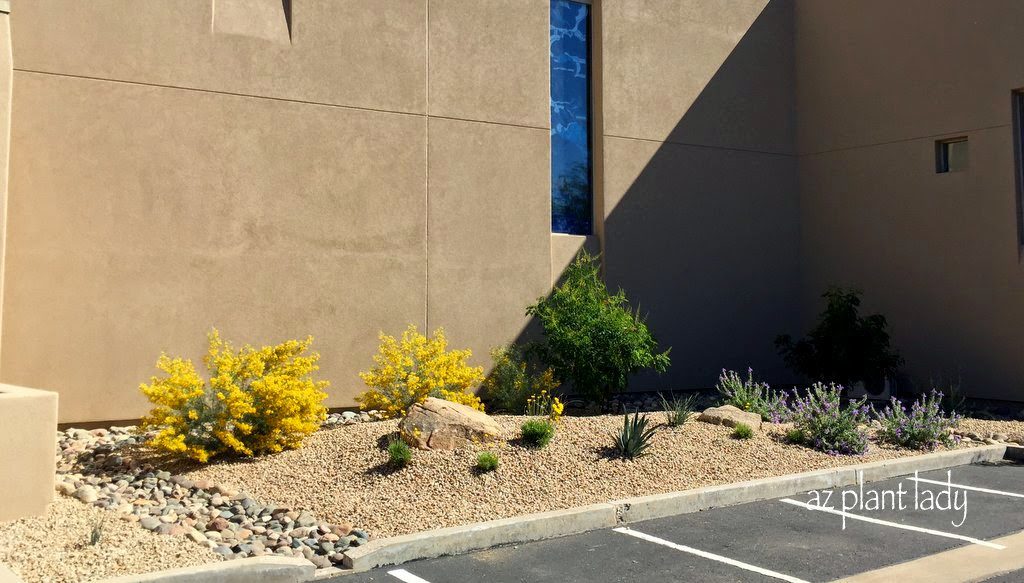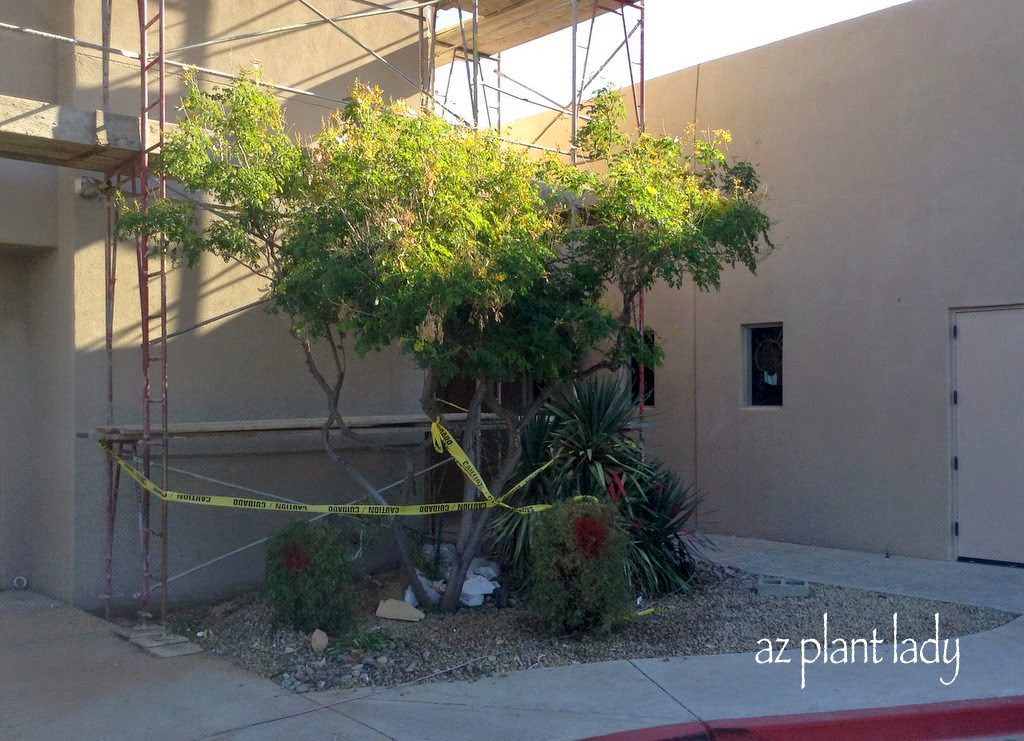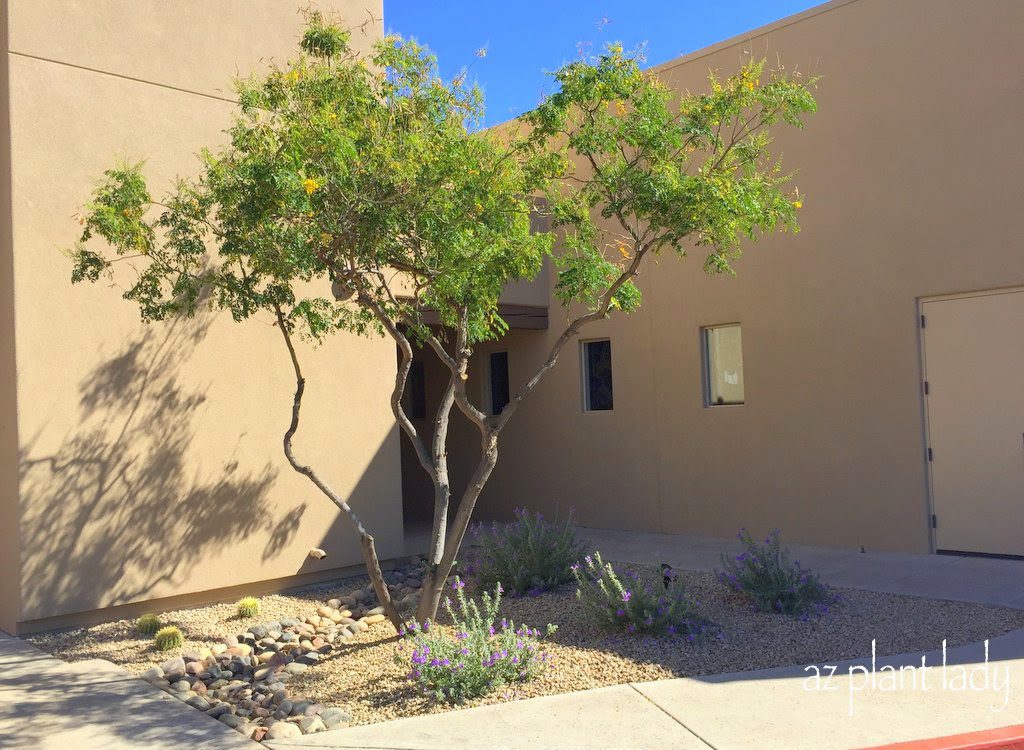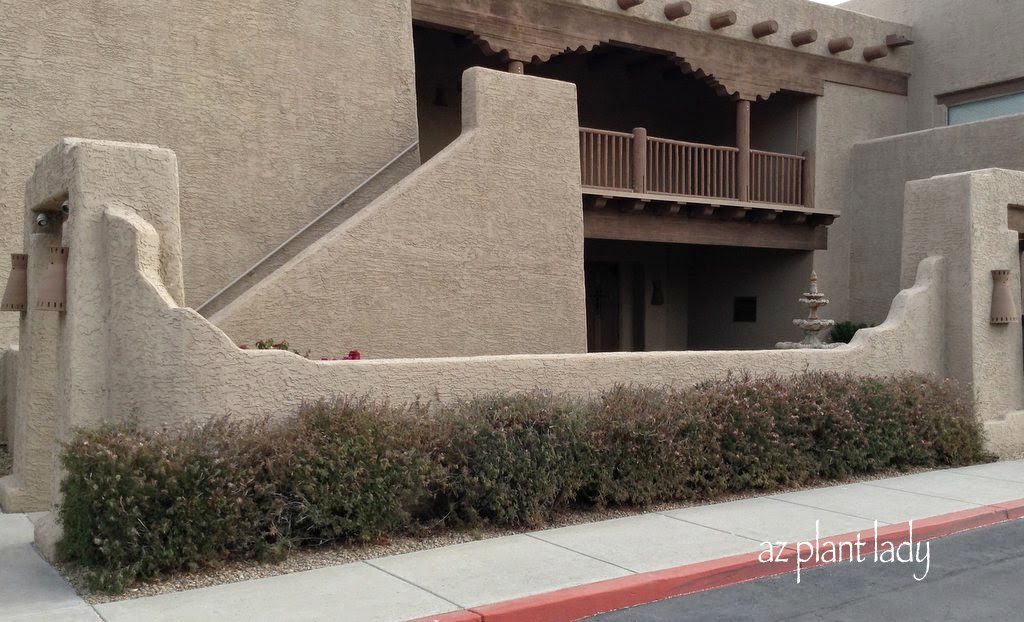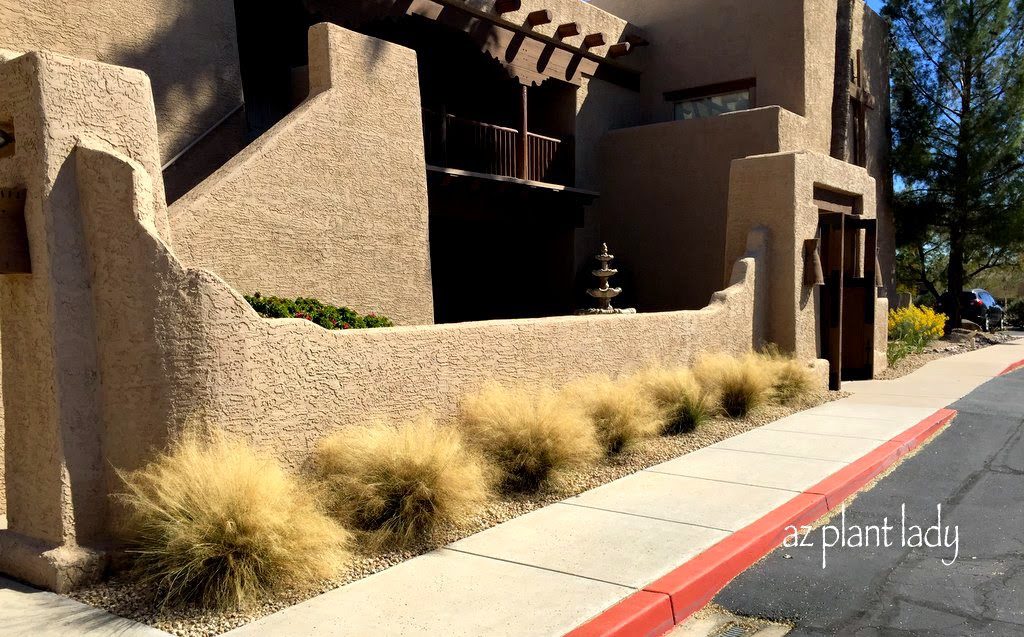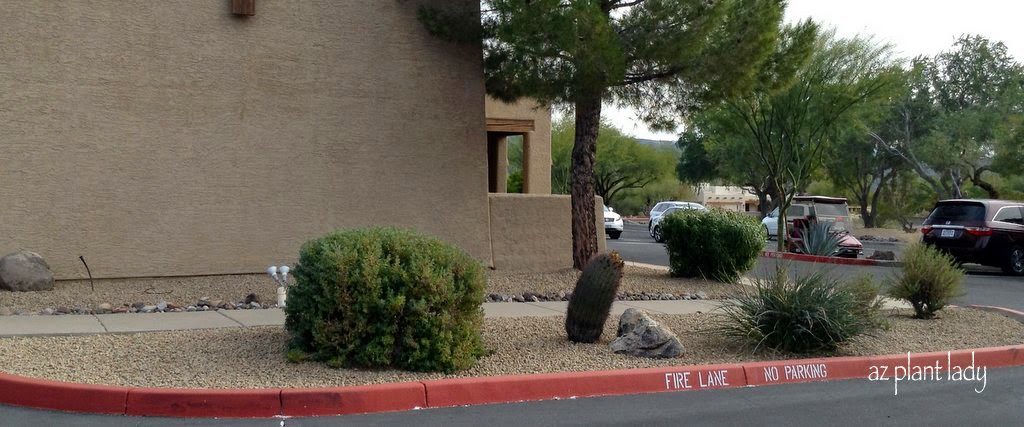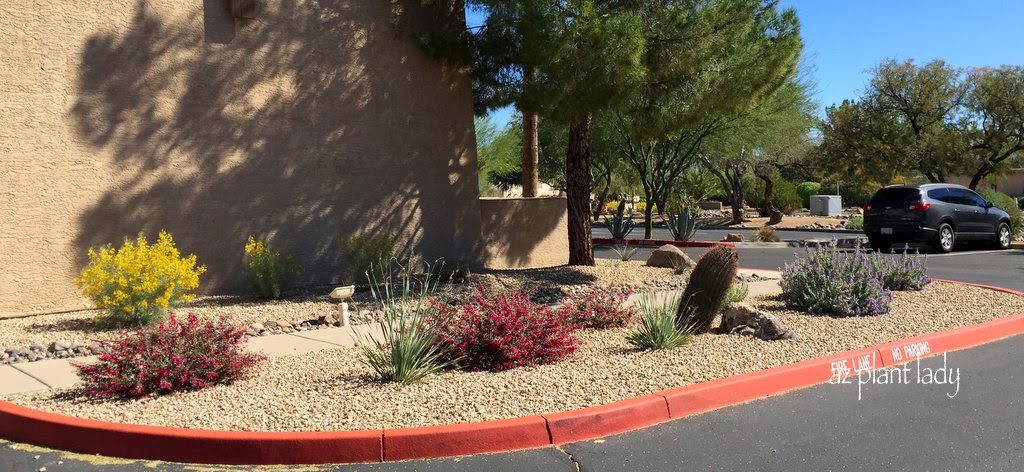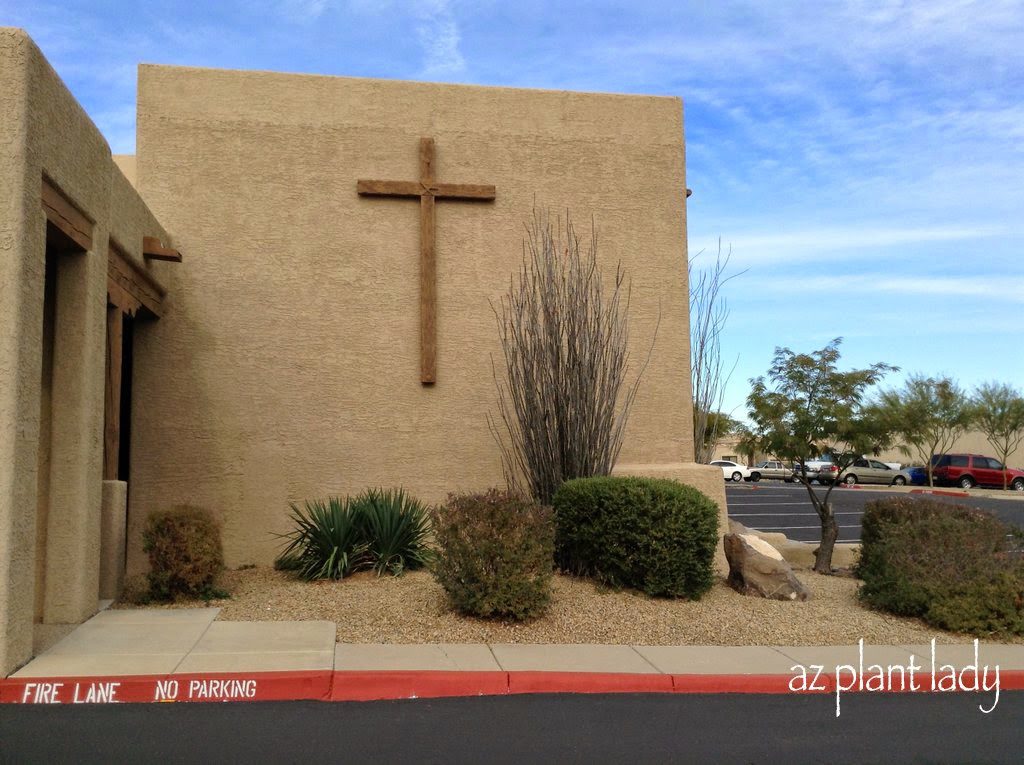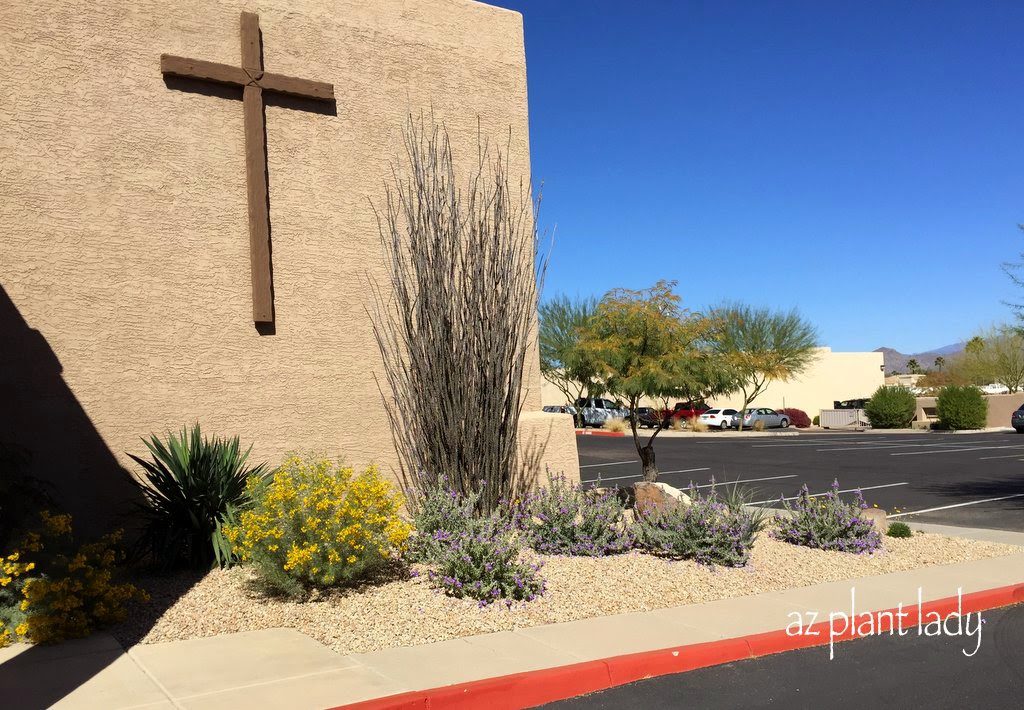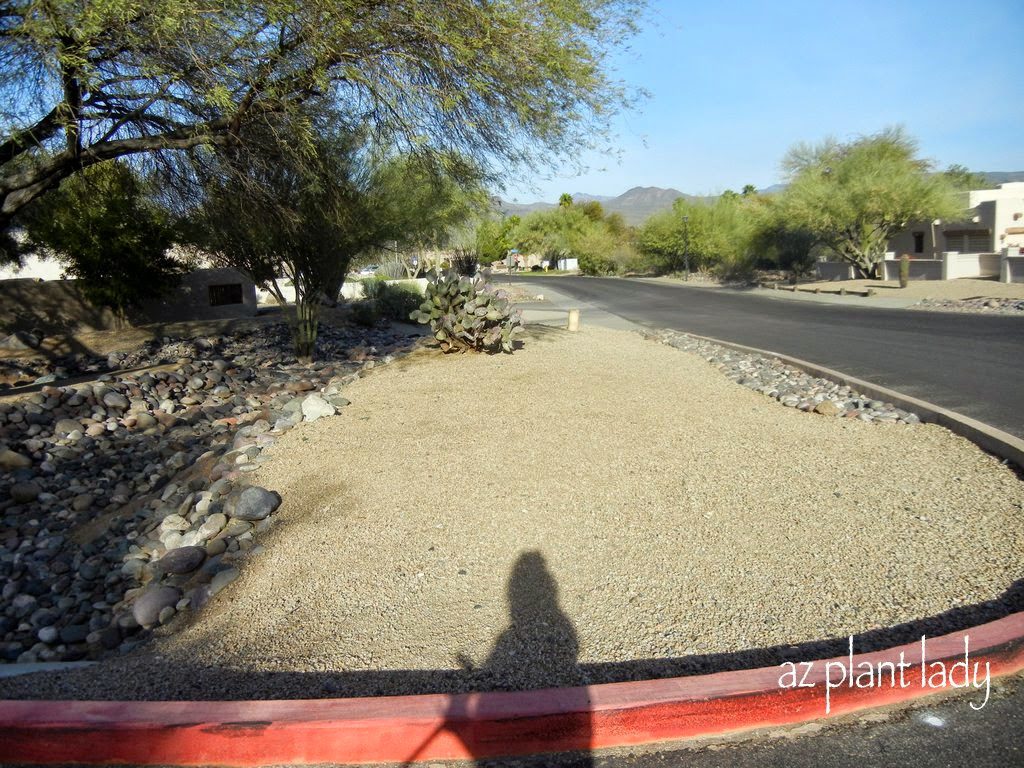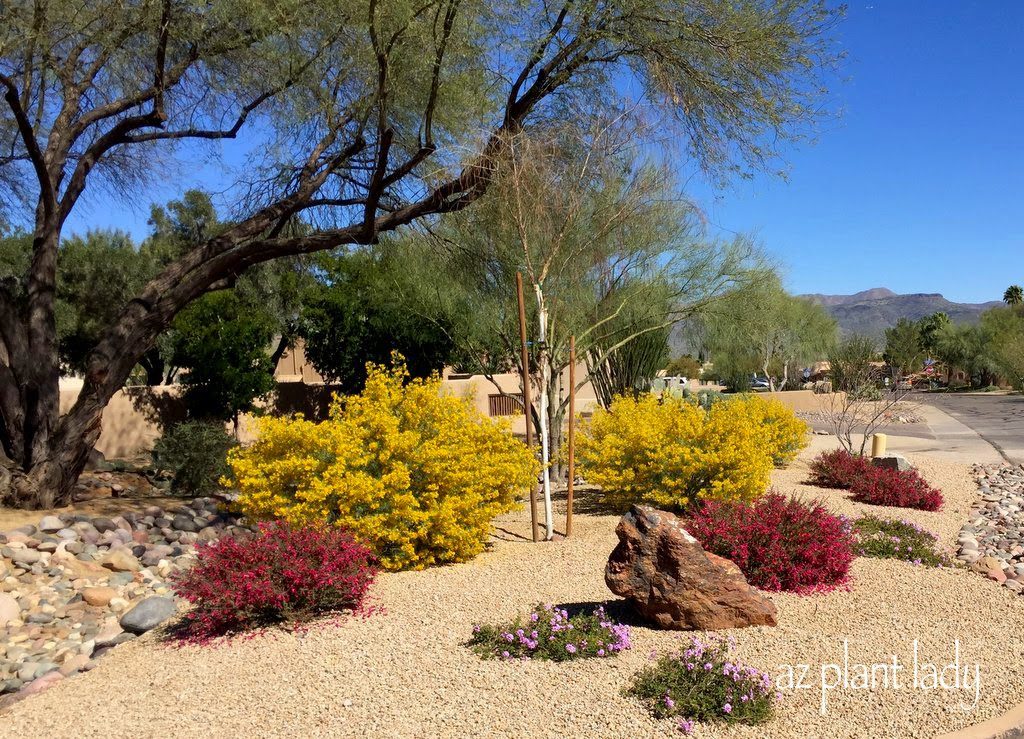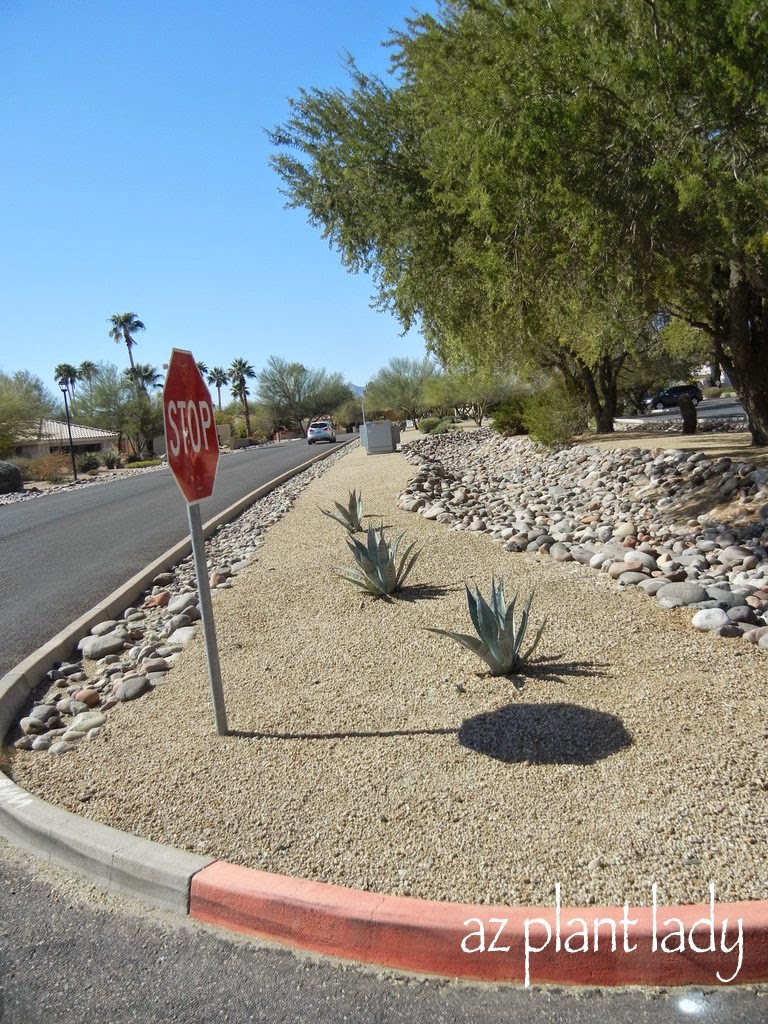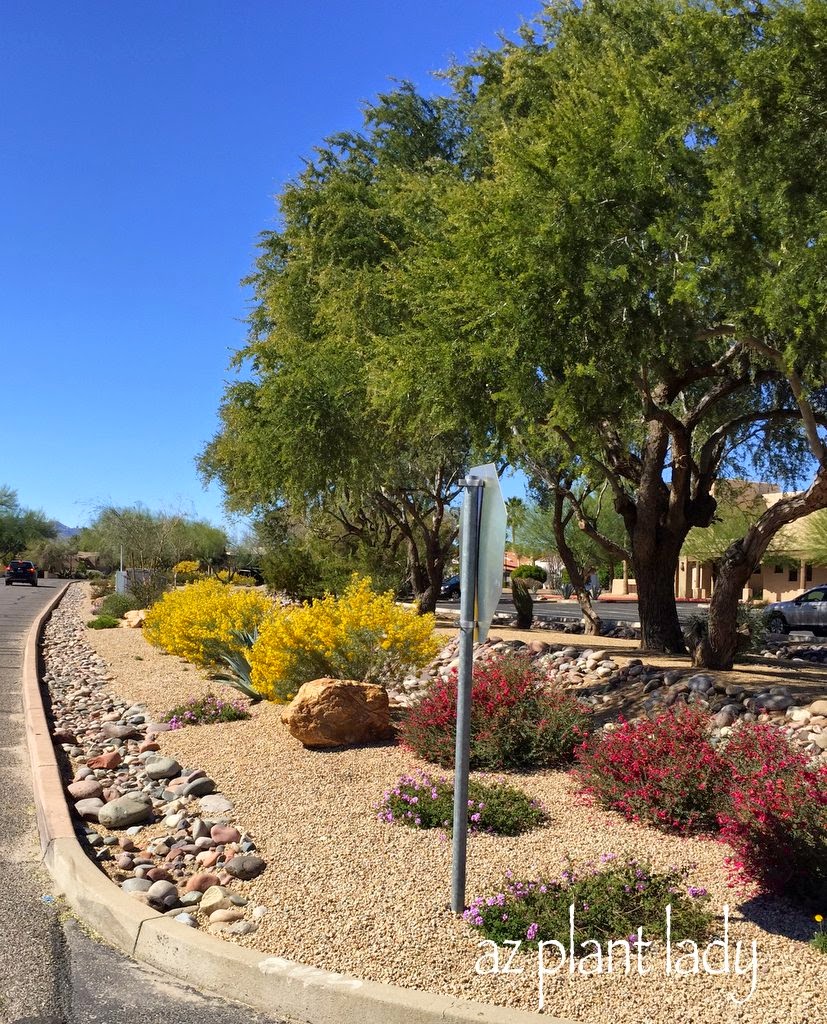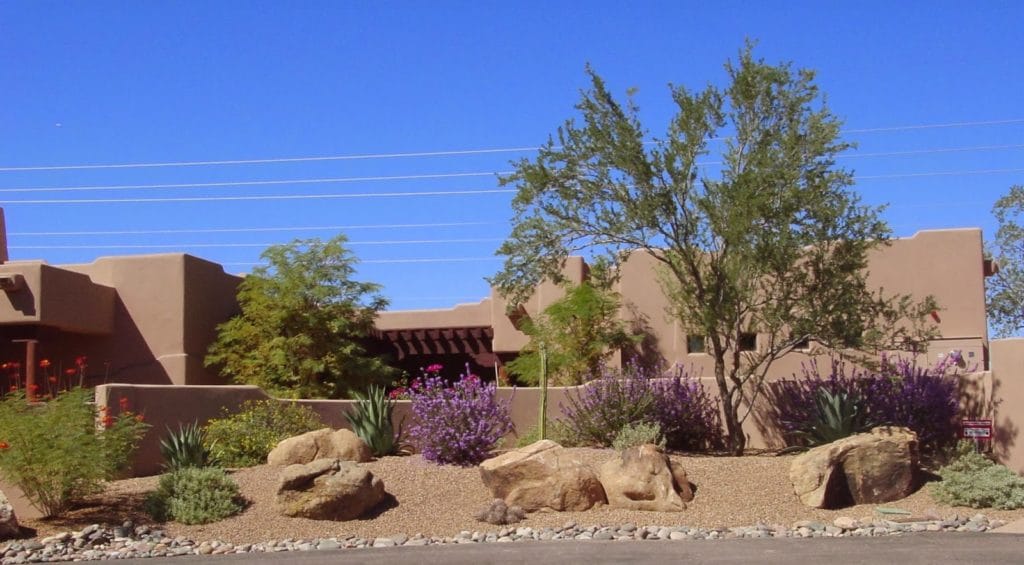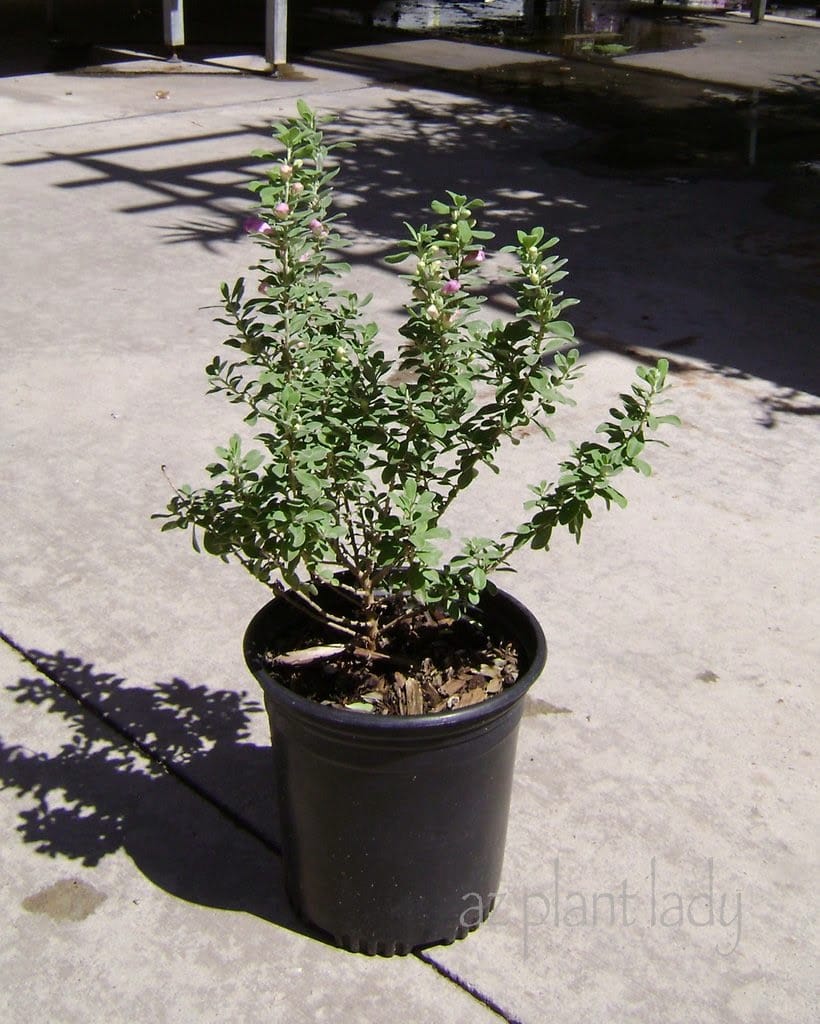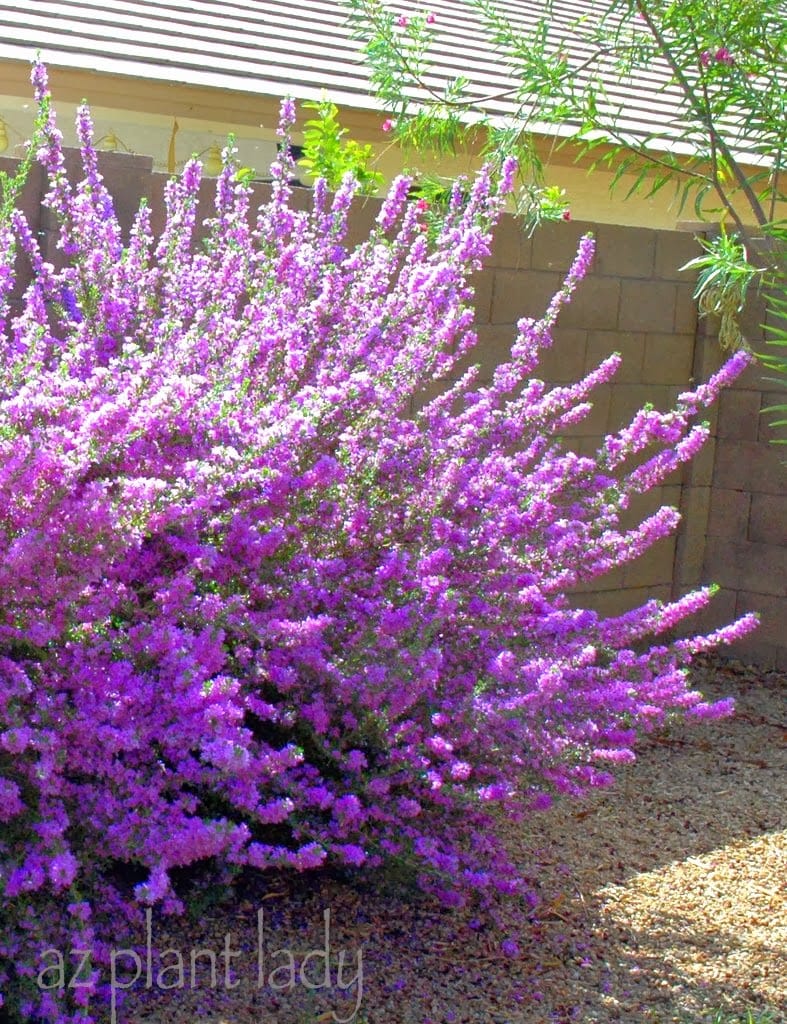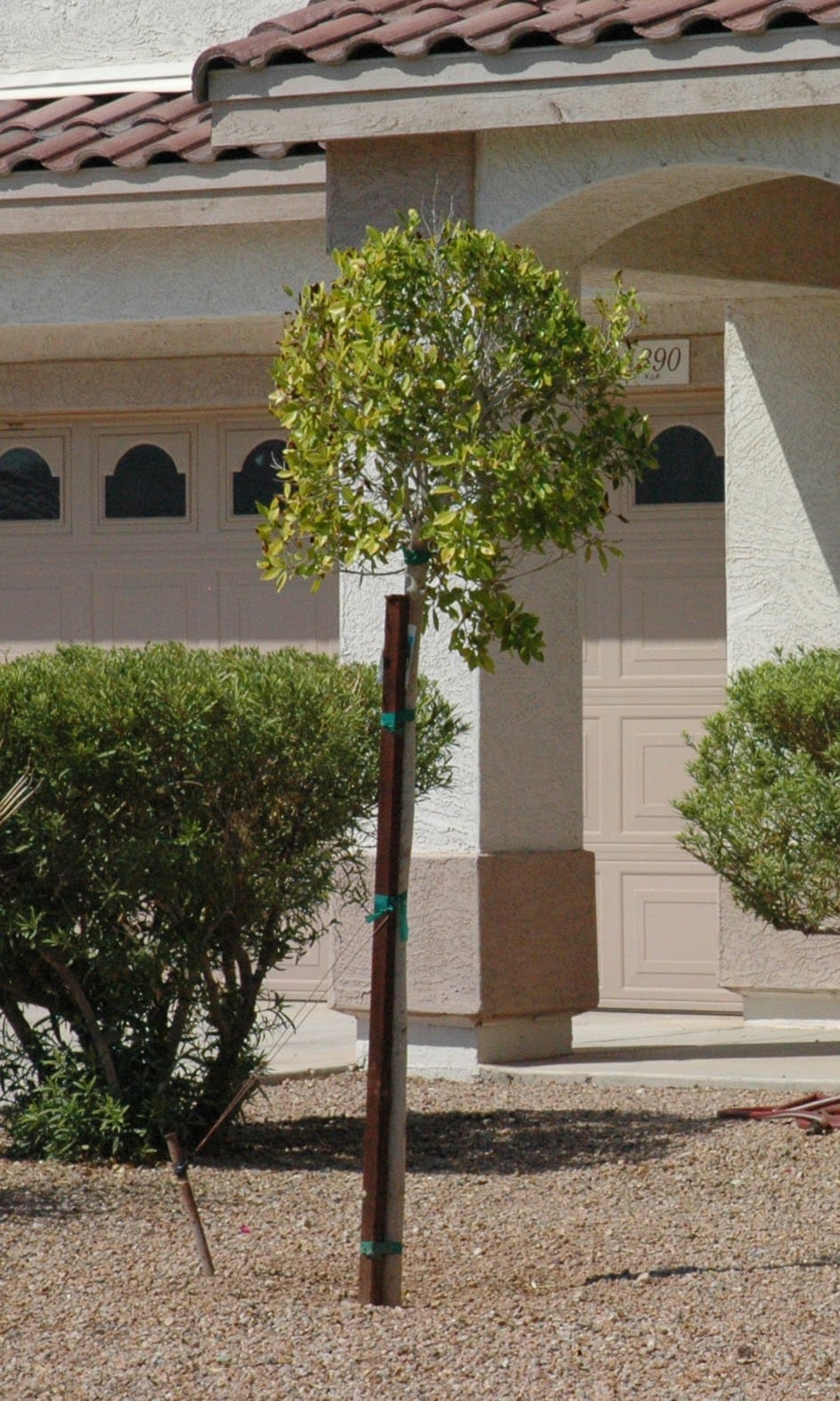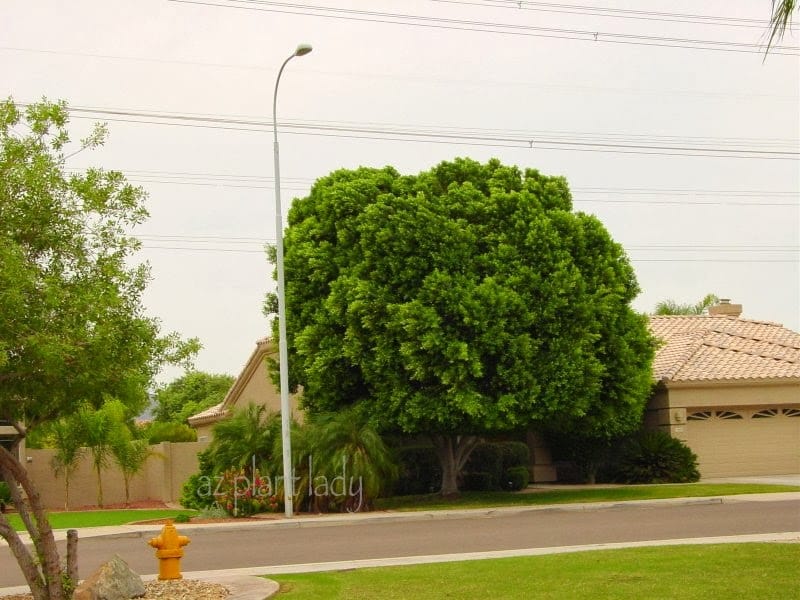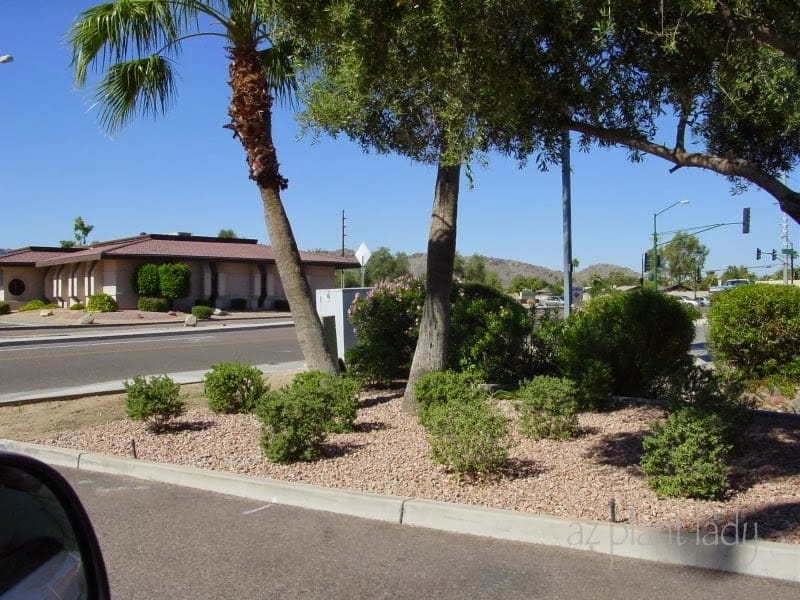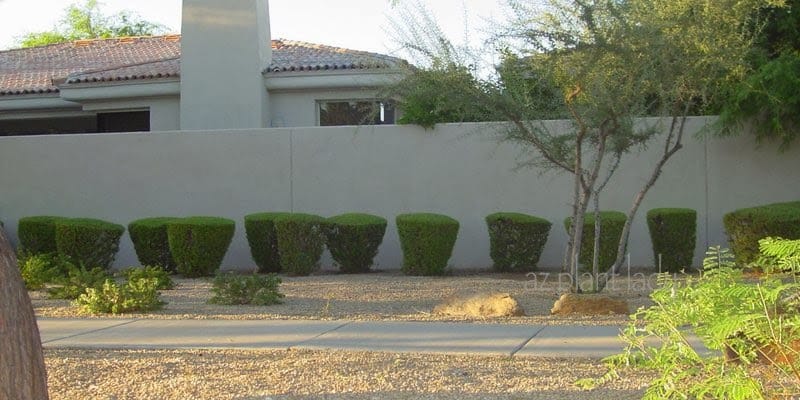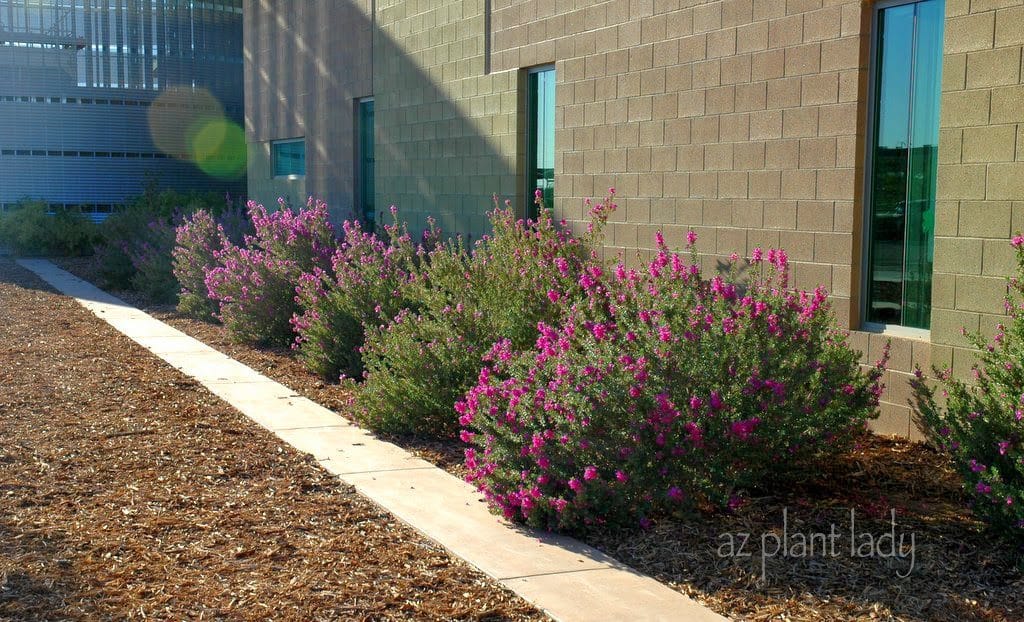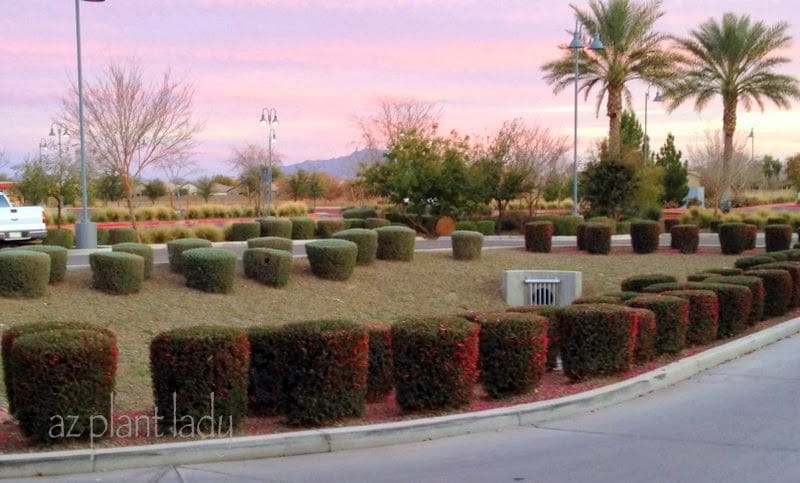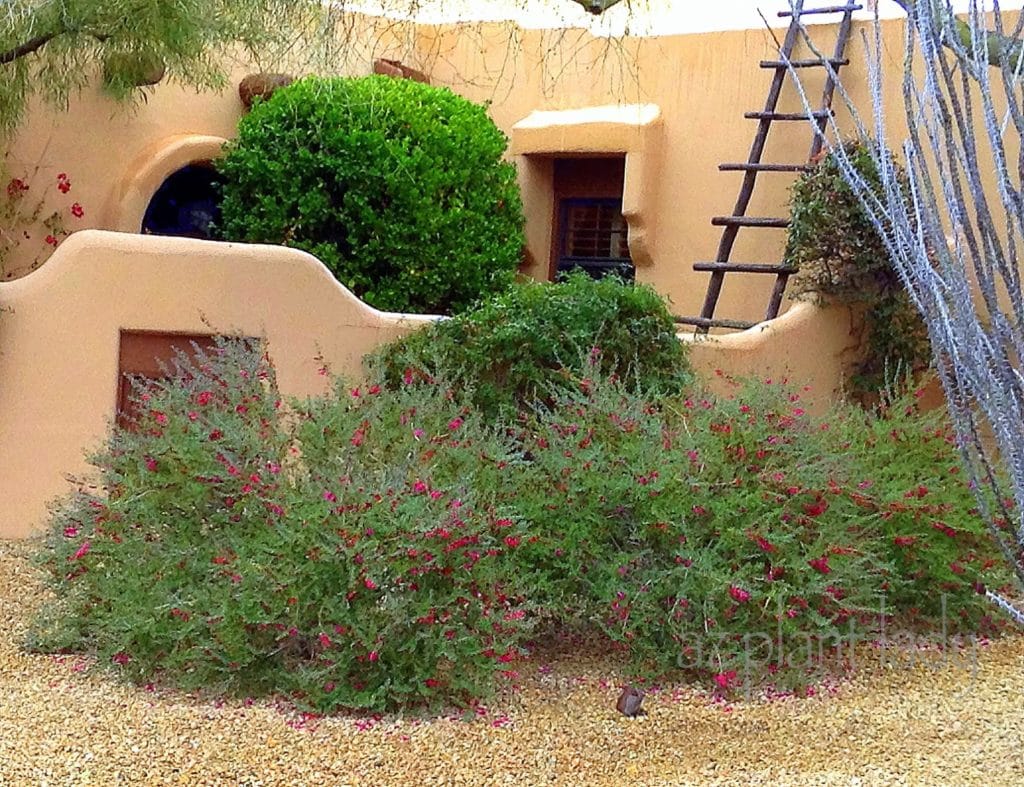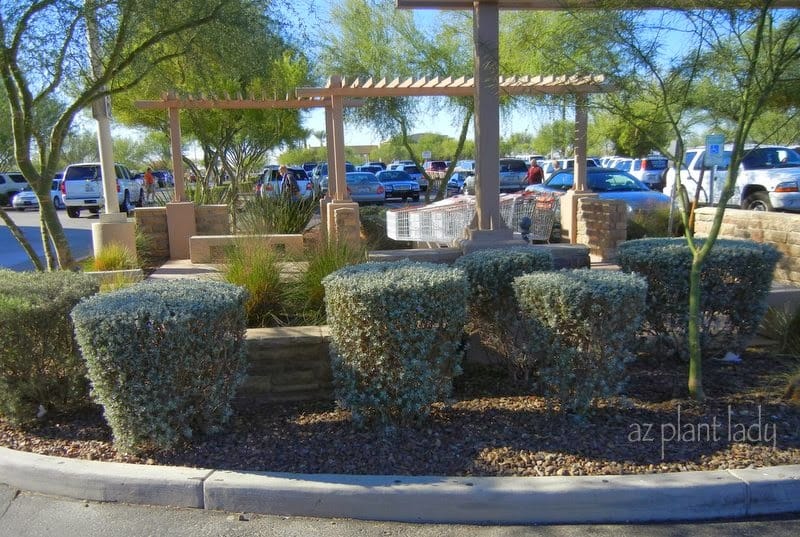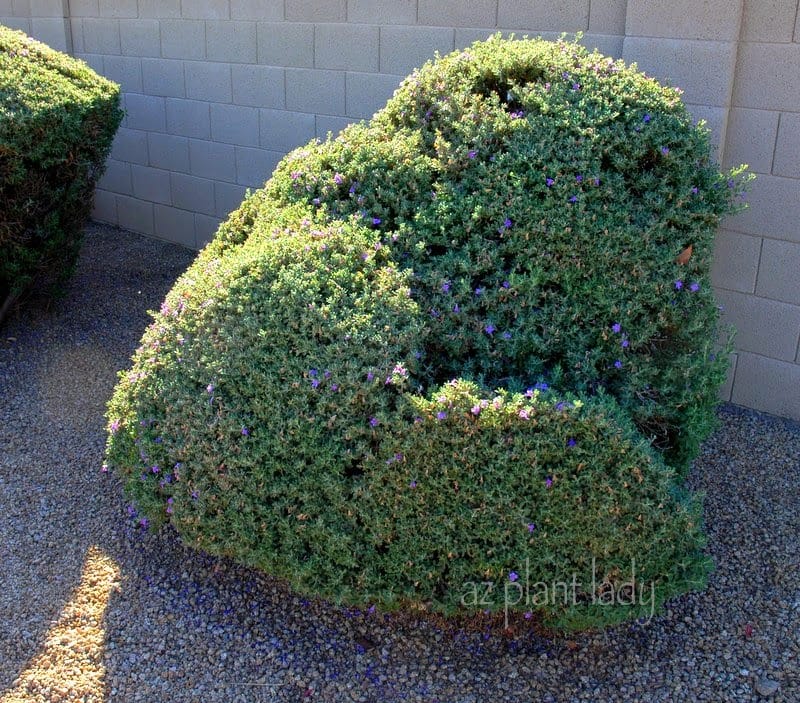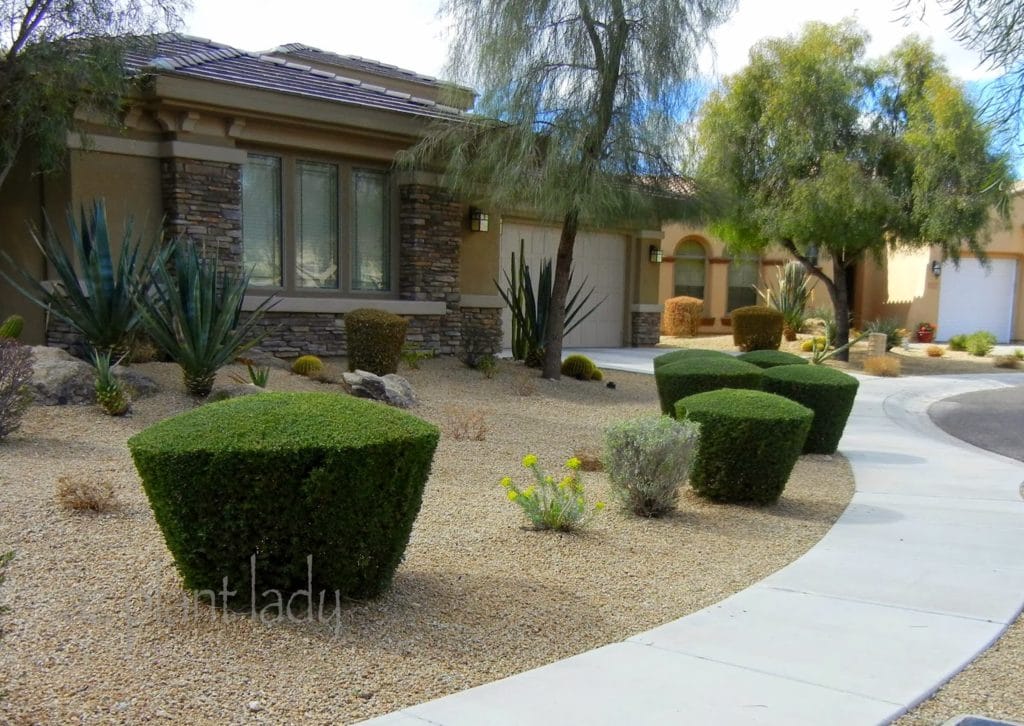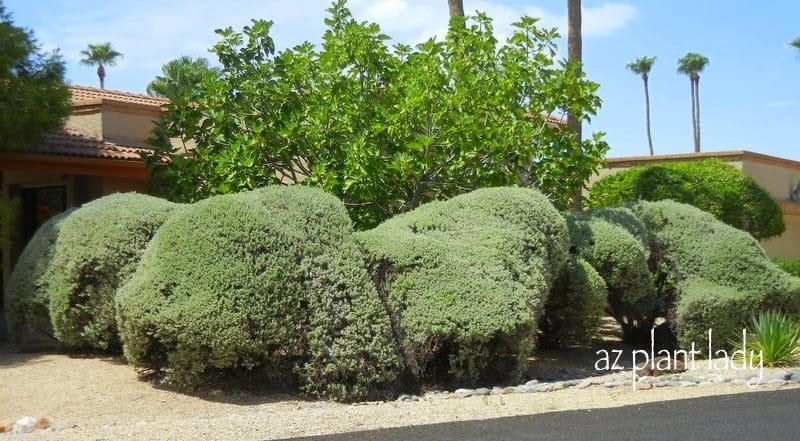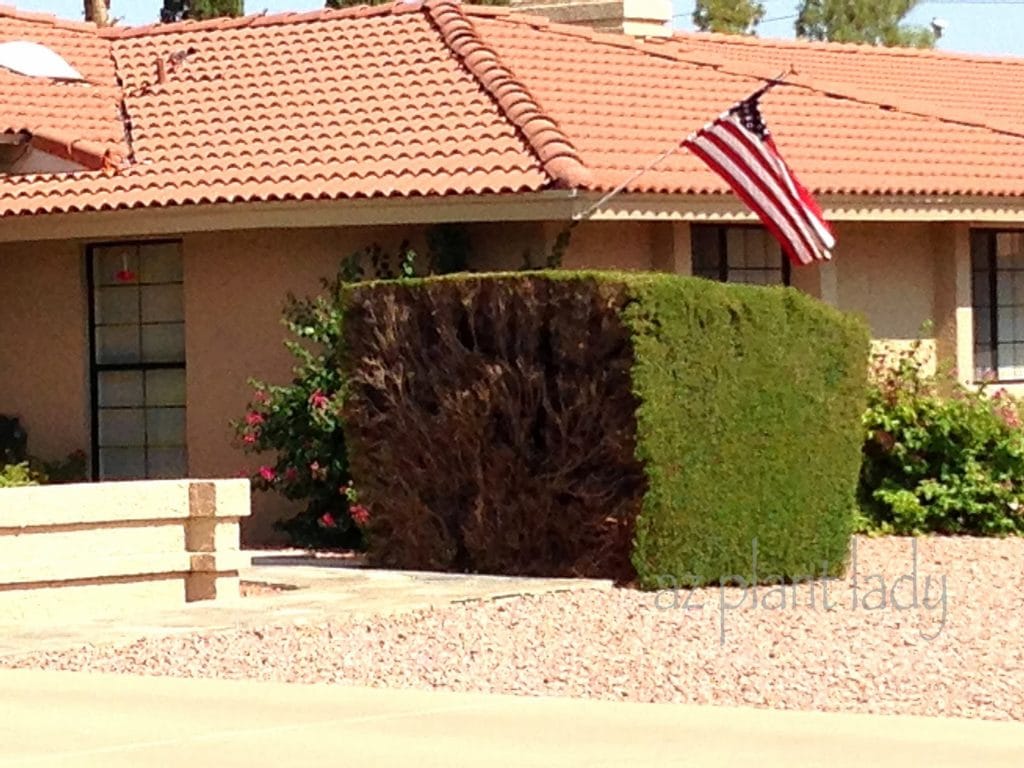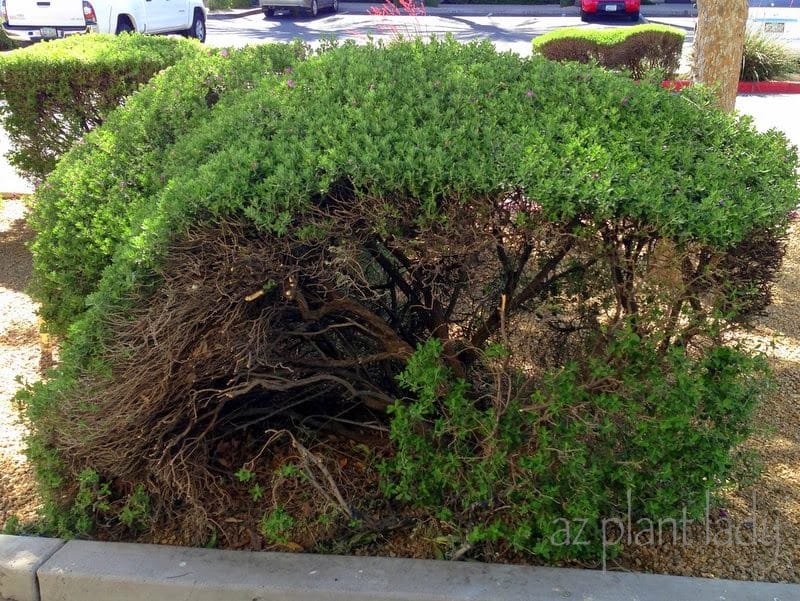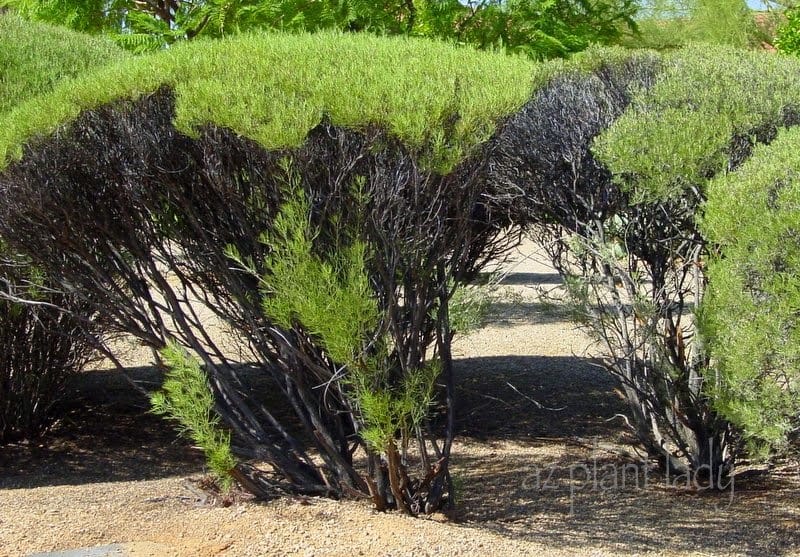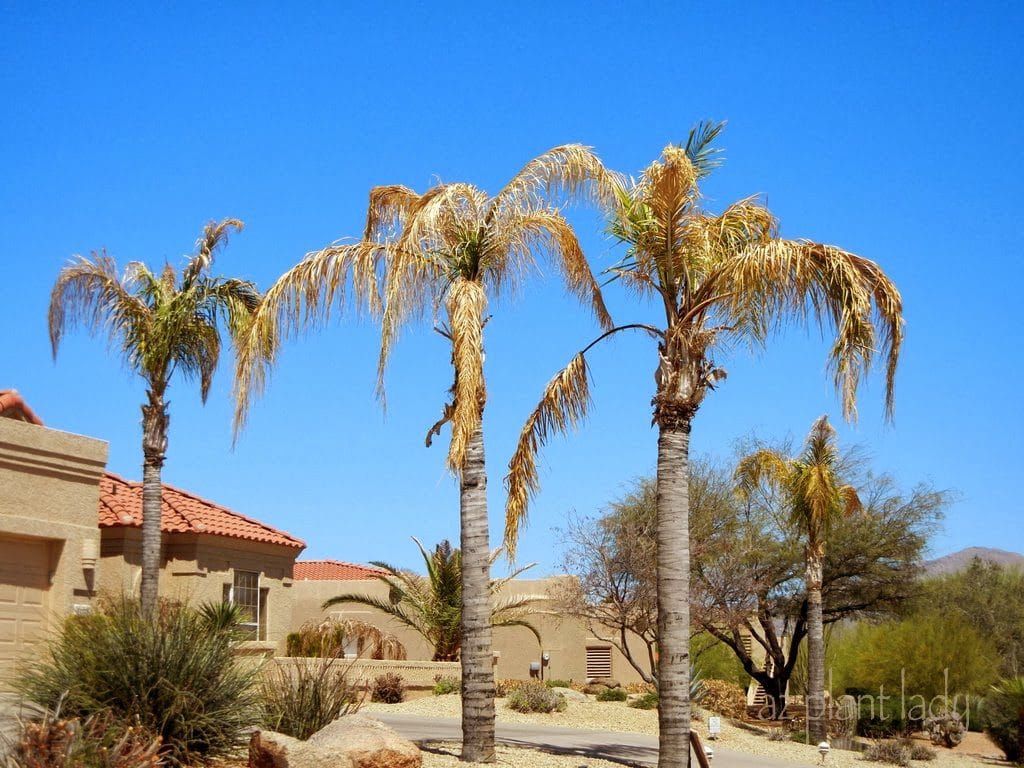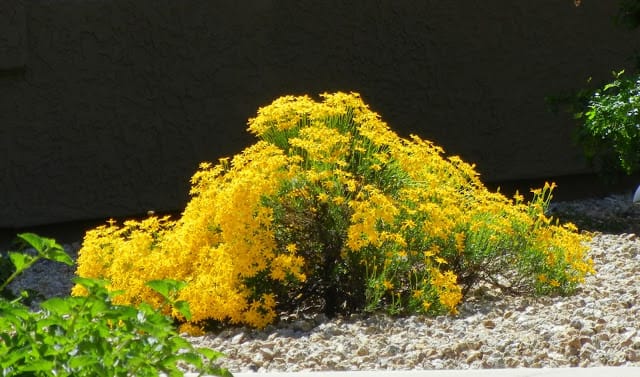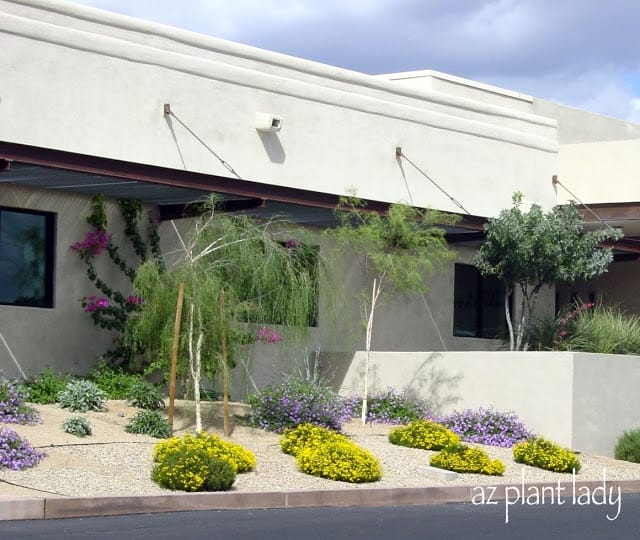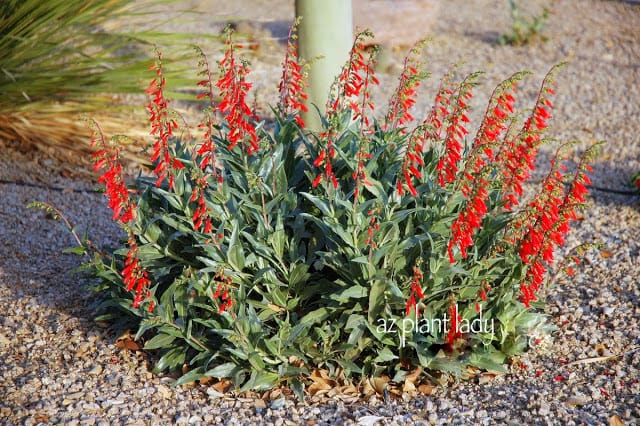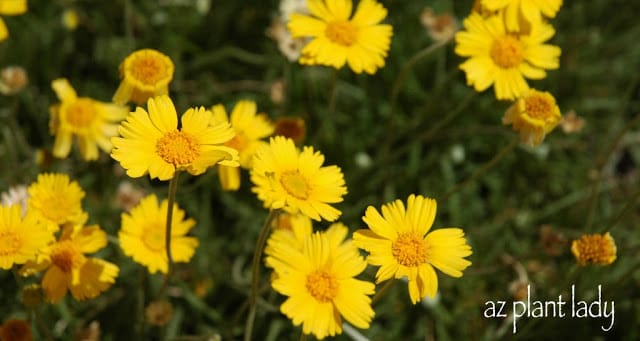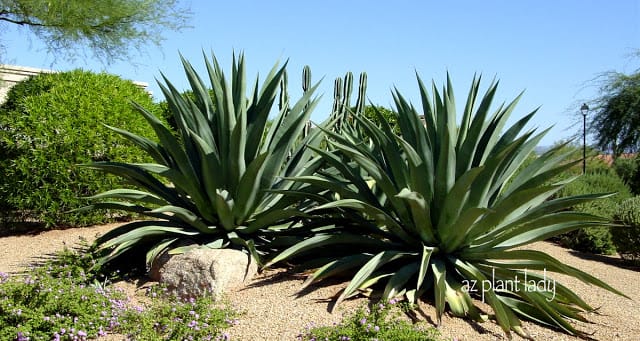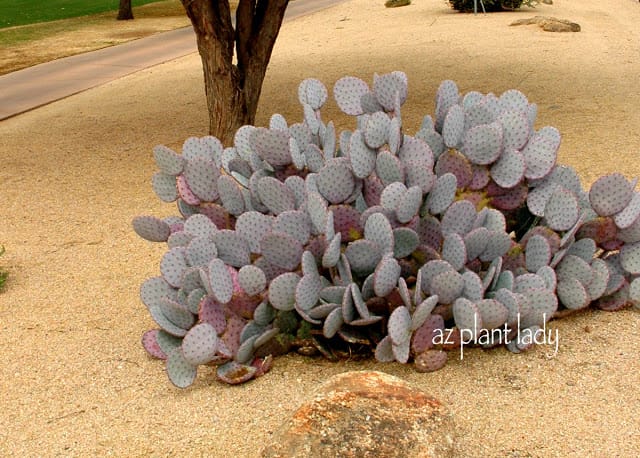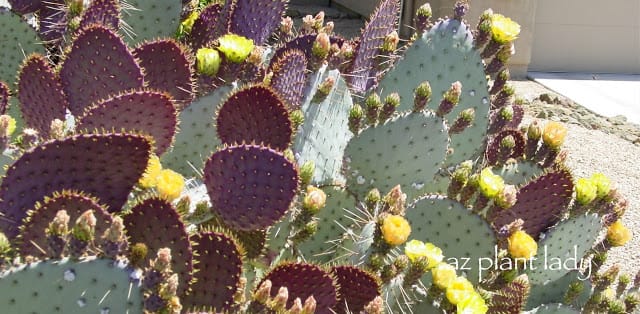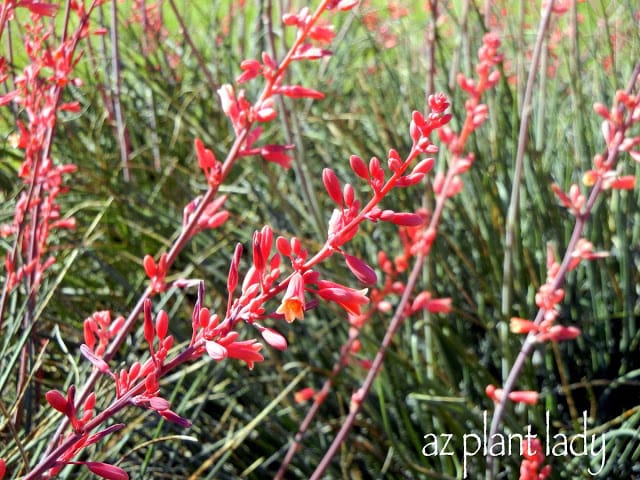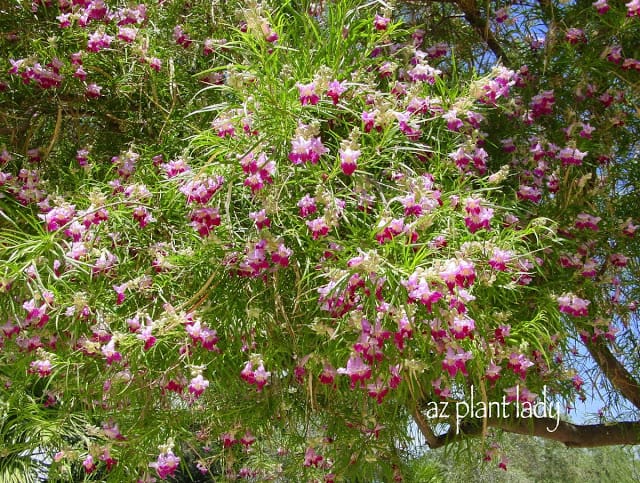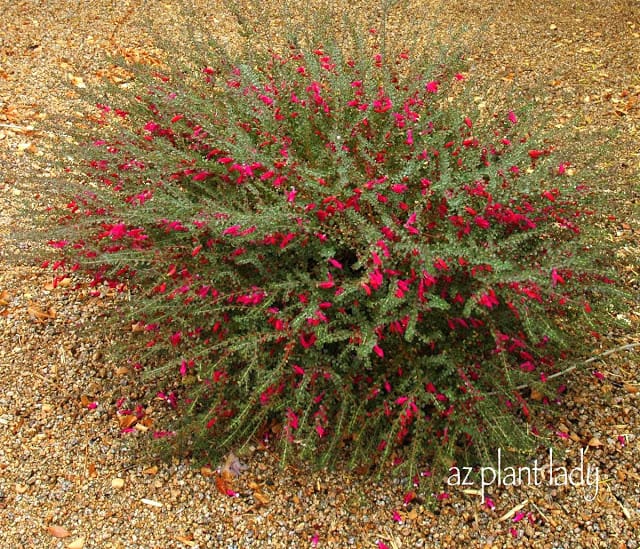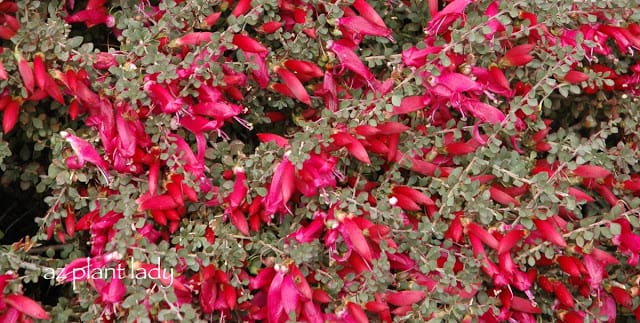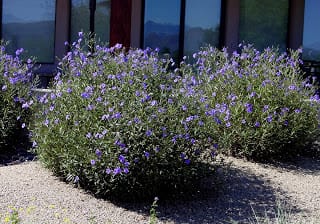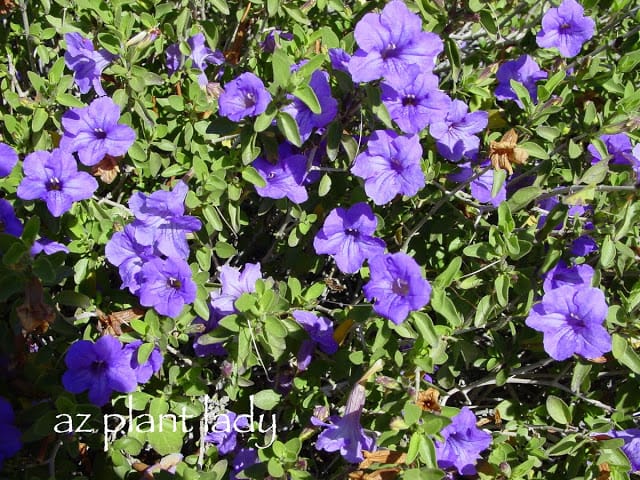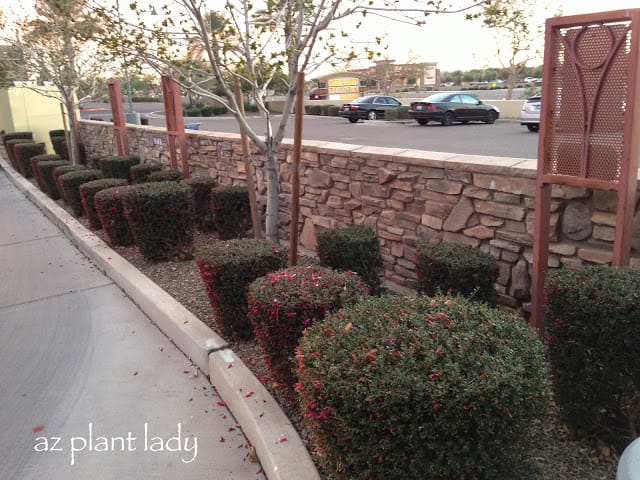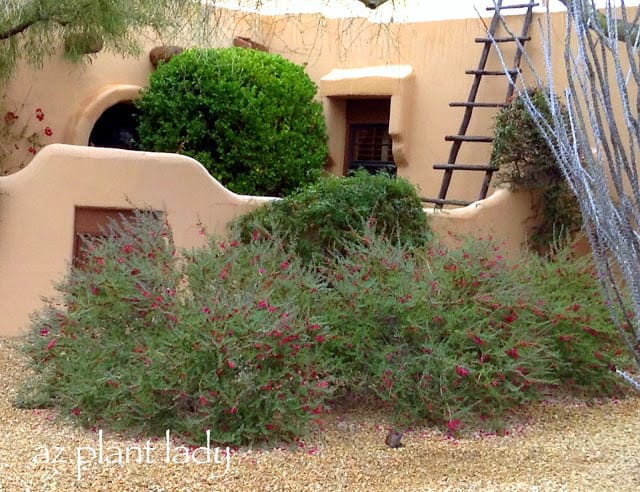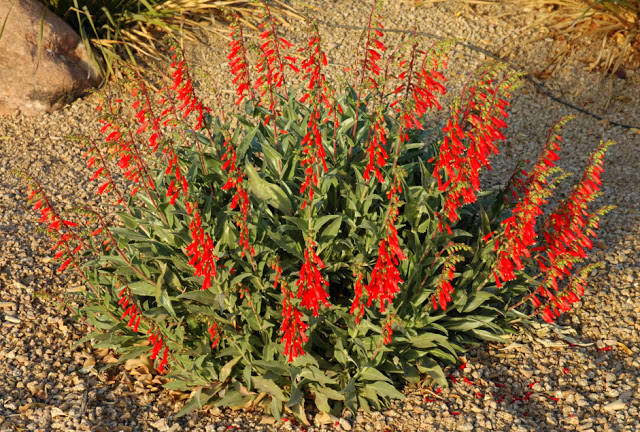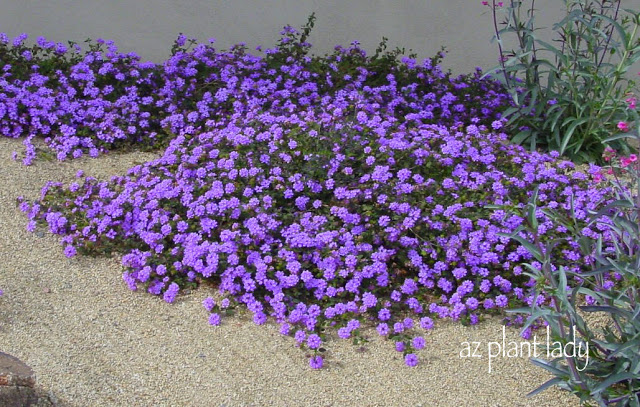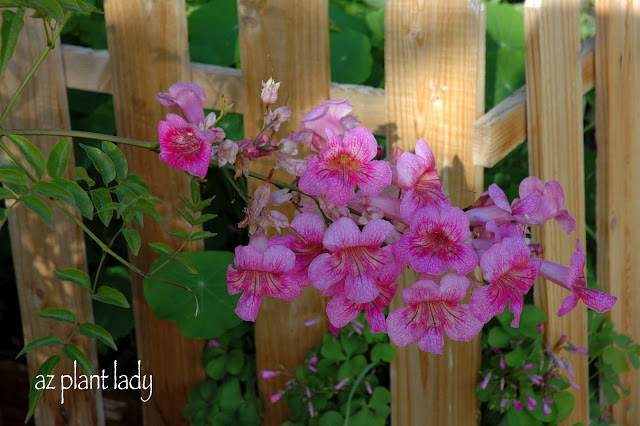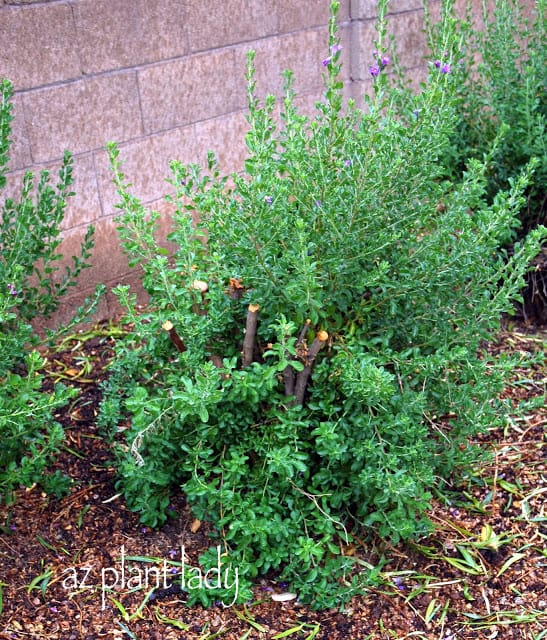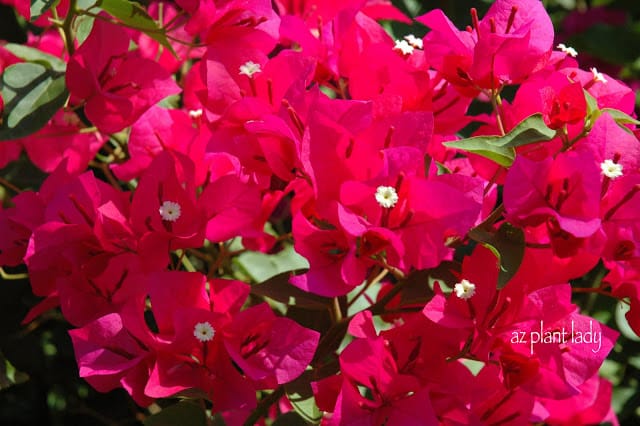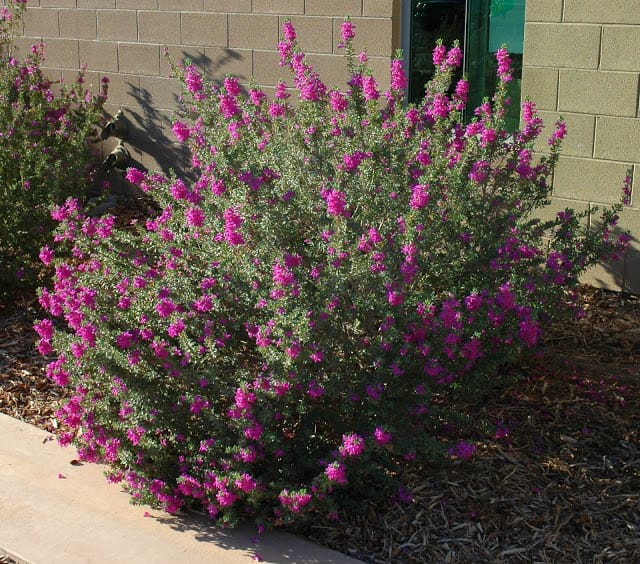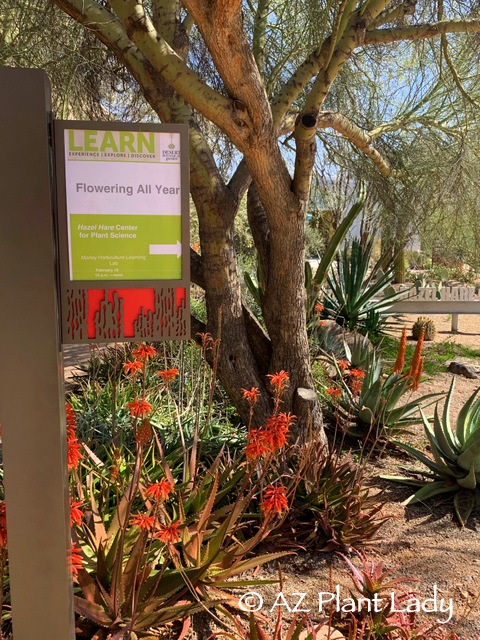
Embracing the Beauty of a Winter Garden
Cultivating Year-Round Blooms in the Desert
Winter Garden Wonders: Did you know that you can have plants blooming in your landscape every month of the year? In the desert garden, this is definitely true!
One of the most popular programs that I teach at the Desert Botanical Garden in Phoenix is ‘Flowering All Year’. During the presentation, I teach students how to incorporate plants in their gardens so they can enjoy colorful blooms all year long.
A Winter Wonderland of Desert Blooms
Sadly, many desert dwellers miss this opportunity. Drive down a typical neighborhood street in winter, and you will have a hard time finding plants in bloom except for colorful annual flowers. As you’ll note, the focus in our gardens is typically on plants that flower through the warm season.
So, how can we change that? It’s quite simple – add plants that will flower in winter. Believe it or not, there are quite a few plants that fit the bill.
I invite you to come along with me on a virtual tour of the plants I showed to the students in the class as we walked through the winter garden in mid-February.
*Before we embark on our walk, I have a confession to make. Usually, I arrive early before my classes to see what’s in bloom so I can plan our route. But, my daughter’s bus arrived late that morning, so I was running a bit late. As a result, I didn’t know what we would see. Thankfully, there was plenty to see.
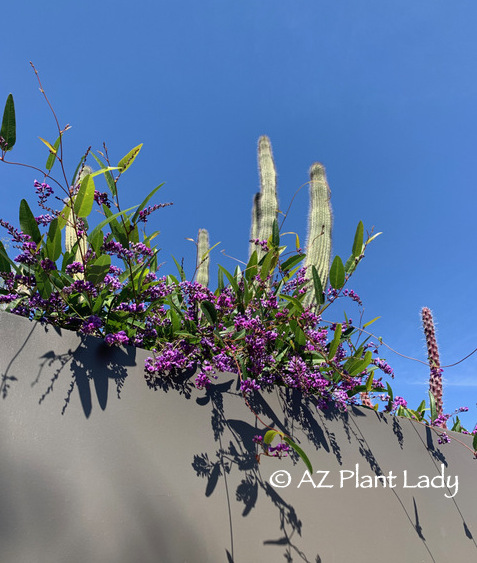
Purple Lilac Vine (Hardenbergia violaceae)
Plants for Cool-Season Winter Garden Color
Let’s start by discovering some of the remarkable plants that grace the winter garden with their presence:
1. Purple Lilac Vine (Hardenbergia violaceae)
The vibrant, blooms of purple lilac vine never disappoint. Blooms appear in mid-winter, adding a welcome relief to colorless winter landscapes. Here it is planted in a tall raised bed and allowed to trail downward. In my garden, it grows up against a wall with a trellis for support.
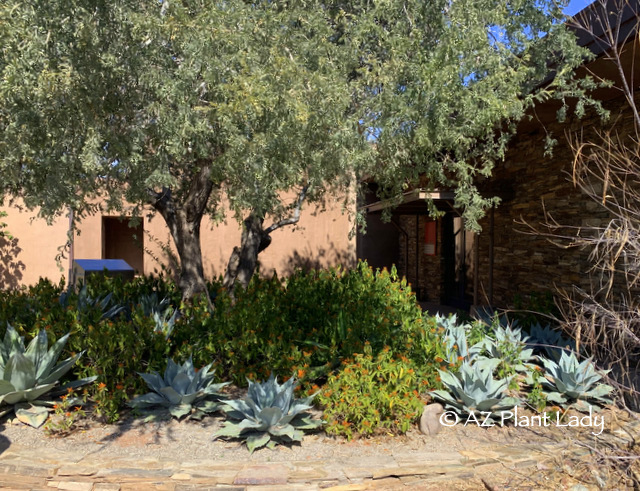
Whale’s Tongue Agave and Mexican Honeysuckle underneath an Ironwood tree
2. Mexican Honeysuckle (Justicia spicigera)
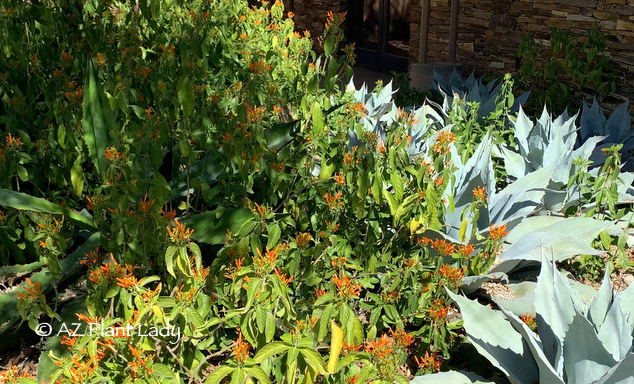
Mexican Honeysuckle (Justicia spicigera)
Several perennials and small shrubs do best in the desert garden when planted in filtered sunlight. Desert trees like ironwood, mesquite, and palo verde are excellent choices for producing filtered sunlight. Mexican honeysuckle doesn’t do well in full sun. As a result, it thrives under the shade of this ironwood tree. I love the texture contrast in this bed next to the whale’s tongue agave in this winter garden.
3. Desert Marigold (Baileya multiradiata) and Weber’s Agave (Agave weberi)
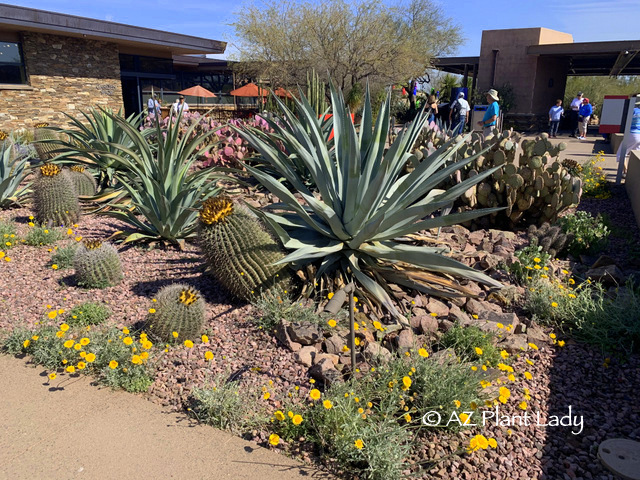
Weber’s Agave (Agave weberi) and Desert Marigold (Baileya multiradiata)
Desert marigold is a short-lived perennial that resembles a wildflower. Yellow flowers appear throughout the year on this short-lived perennial. I like to use them in wildflower gardens or natural desert landscapes because this yellow bloomer will self-seed.
4. Firesticks (Euphorbia ‘Sticks on Fire’) and Elephants Food (Portulacaria afra)
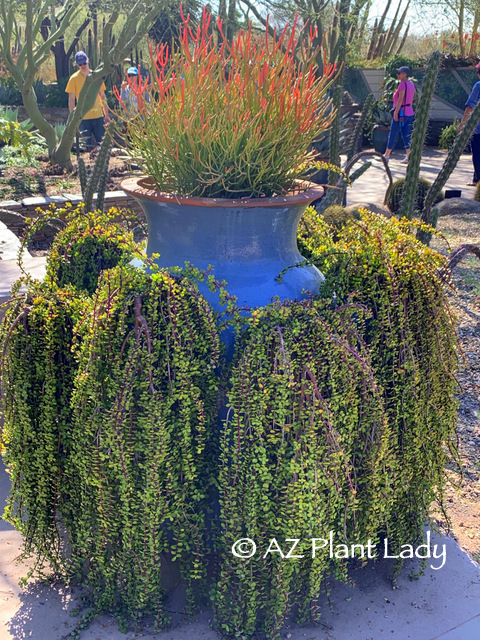
Firesticks (Euphorbia ‘Sticks on Fire’) and Elephants Food (Portulacaria afra)
Shrubs, vines, and perennials aren’t the only plants that add winter color in the landscape. Colorful stems of the succulent ‘Firesticks’ add a splash of orange all year. I am a fan of the use of blue pots in the garden, and here, it adds a powerful color contrast with the orange.
5. ‘Winter Blaze’ (Eremophila glabra)
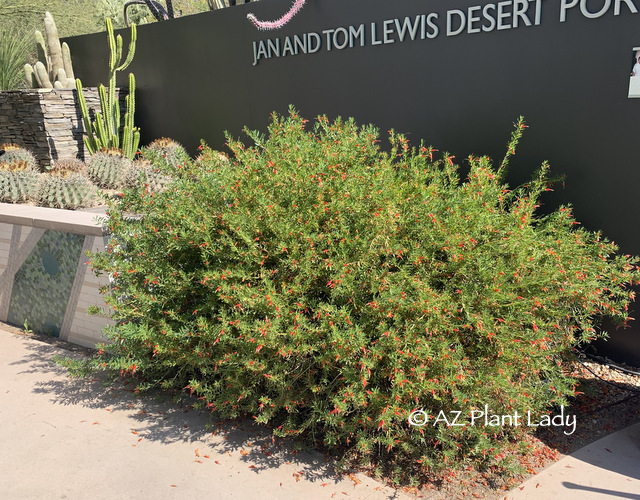
‘Winter Blaze’ (Eremophila glabra)
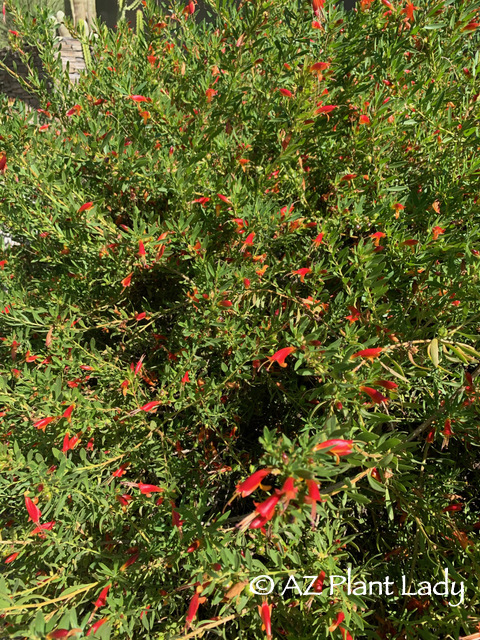
Lush green foliage decorated with orange/red blooms is on display all year long with this Australian native. Several types of Eremophilas add cool-season color to the landscape, and this one deserves more attention. There must be a blank space in my garden for one…
6. Winter Garden Delight – ‘Blue Bells’ (Eremophila hygrophana)
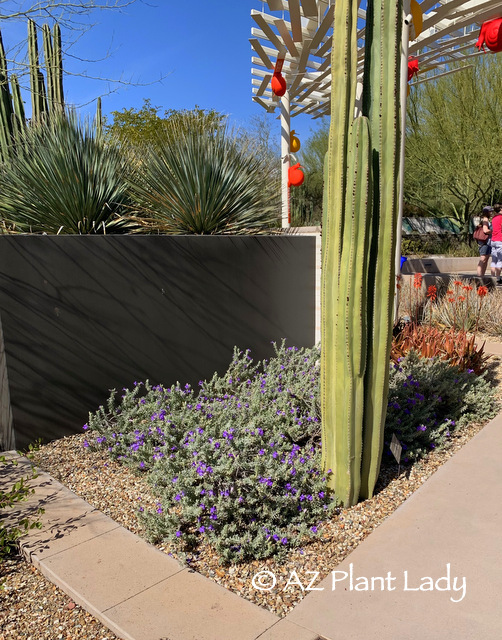
Blue Bells Eremophila and Mexican Fence Post Cactus
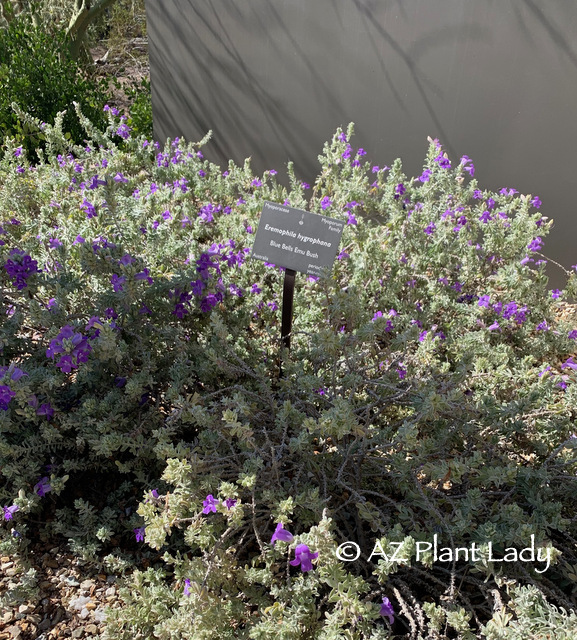
‘Blue Bells’ (Eremophila hygrophana)
Without a doubt, ‘Blue Bells’ is arguably one of my most favorite plants. It resembles a compact Texas sage (Leucophyllum spp.) but doesn’t grow as large AND blooms throughout the year. For best results, plant in full sun, but well-drained soil is a must.
7. Valentine Bush (Eremophila maculata ‘Valentine’)
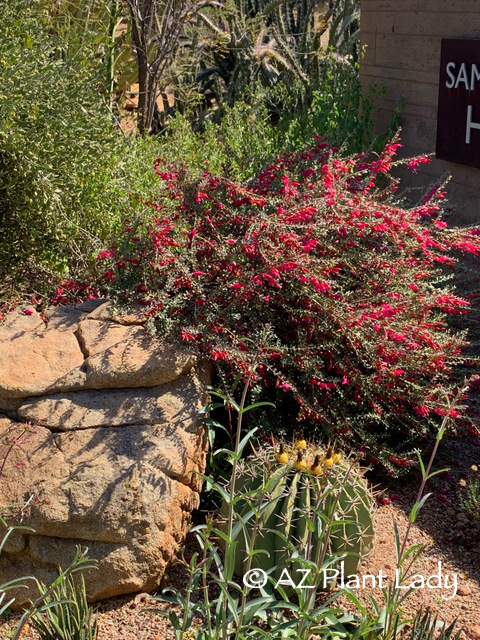
Valentine Bush (Eremophila maculata ‘Valentine’)
My favorite choice for winter color is Valentine bush. Red/fuschia blooms begin to appear in January and last into April. For maximum color impact, use them in groups of 3 – 5. They are low maintenance – prune back to 1/2 their size in mid-April after flowering. No other pruning is required.
8. Aloe ferox
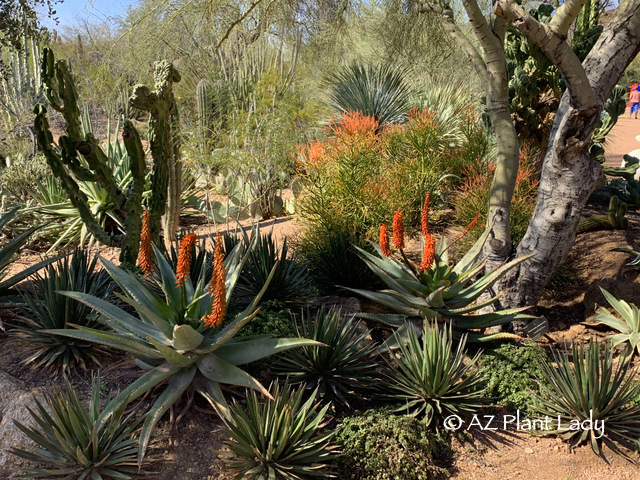
Aloe ferox
Winter into spring is a busy time for aloes, and many species do well in the desert garden. Most require filtered sunlight to do their best, but ‘Blue Elf’ aloe does well in both full sun and bright shade.
9. Trailing Rosemary (Rosmarinus officinalis)
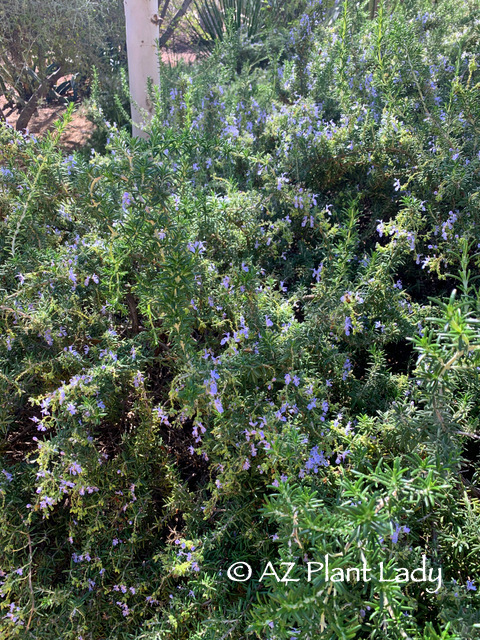
Trailing Rosemary (Rosmarinus officinalis)
10. Shrubby Germander (Teucrium fruiticans ‘Azurea’)
People from colder climates are often surprised to note that rosemary flowers. In the desert, we are fortunate that we get to enjoy their blue flowers from winter through spring – the bees like them too!
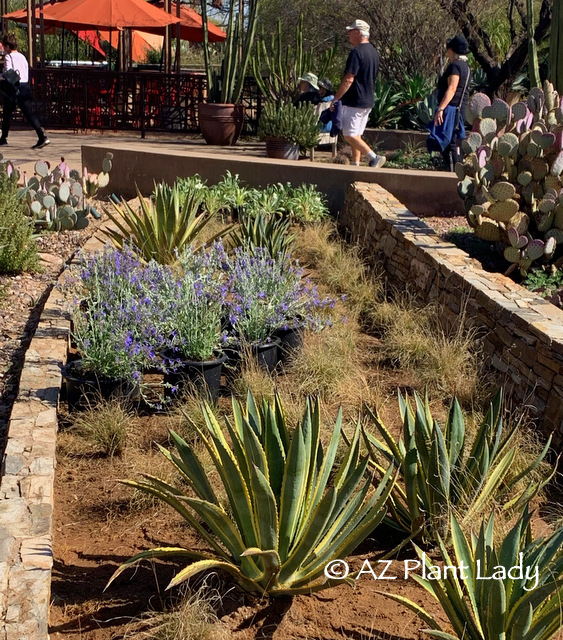
Shrubby Germander (Teucrium fruiticans ‘Azurea’)
Toward the entrance to the garden, I was delighted to see shrubby germander. A star in my own garden, this shrub has flowered all winter long and will continue to do so into spring. The blooms are a lovely periwinkle color.
11. Chuparosa (Justicia californica)
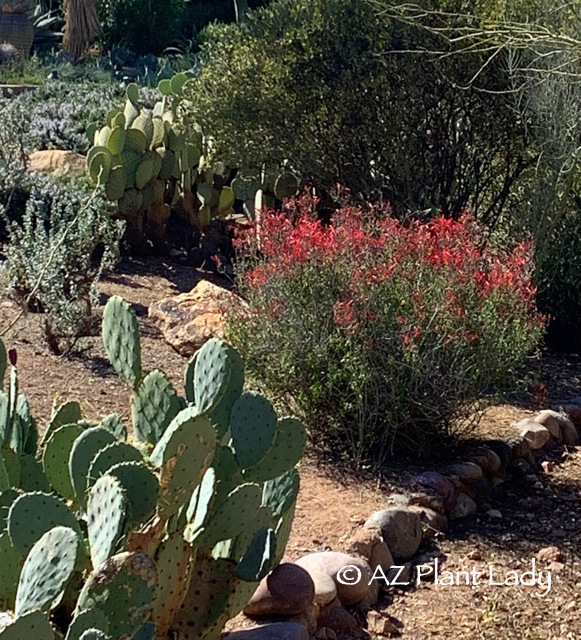
Chuparosa (Justicia californica)
As our walk was wrapping up, the bright red blooms of a chuparosa shrub caught our eye. A hummingbird was busily drinking as much nectar as he could. I like to use this shrub in winter garden landscapes with a natural theme as it has a sprawling growth habit. It flowers through winter into spring and an important nectar source for hummingbirds.
Beyond Blooms: Adding Artistic Flair to the Winter Garden
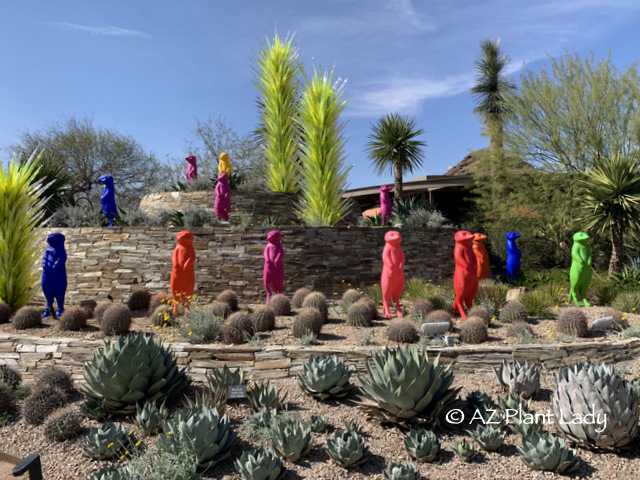
Of course, blooming plants aren’t the only way to add color to the garden. Garden art can play a vital part in adding interest. The Desert Botanical Garden is host to a traveling art exhibit with various animals made from recycled plastic. This group of meerkats greets visitors to the garden.
I hope that you enjoy this virtual tour of winter garden color in the garden and will add some to your own.
What plants do you have that flower in winter?
Drive By Landscapes: Winter Beauty in the Southwest Garden

